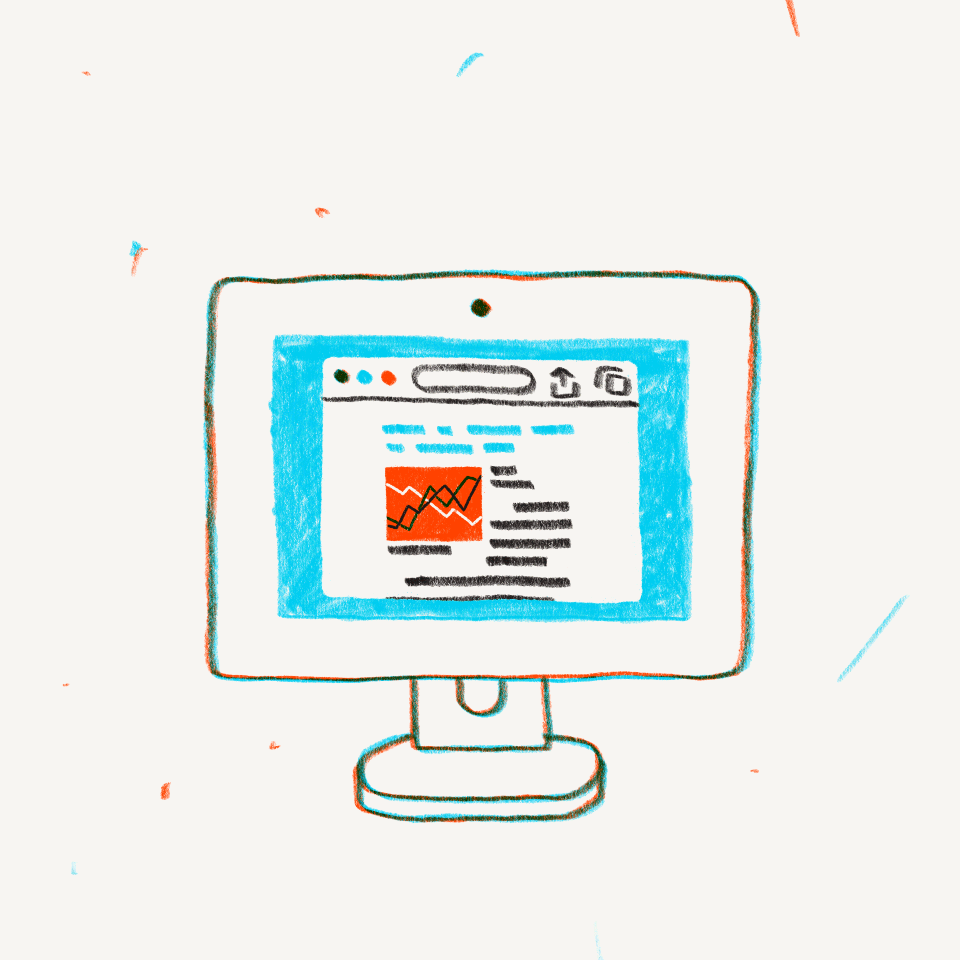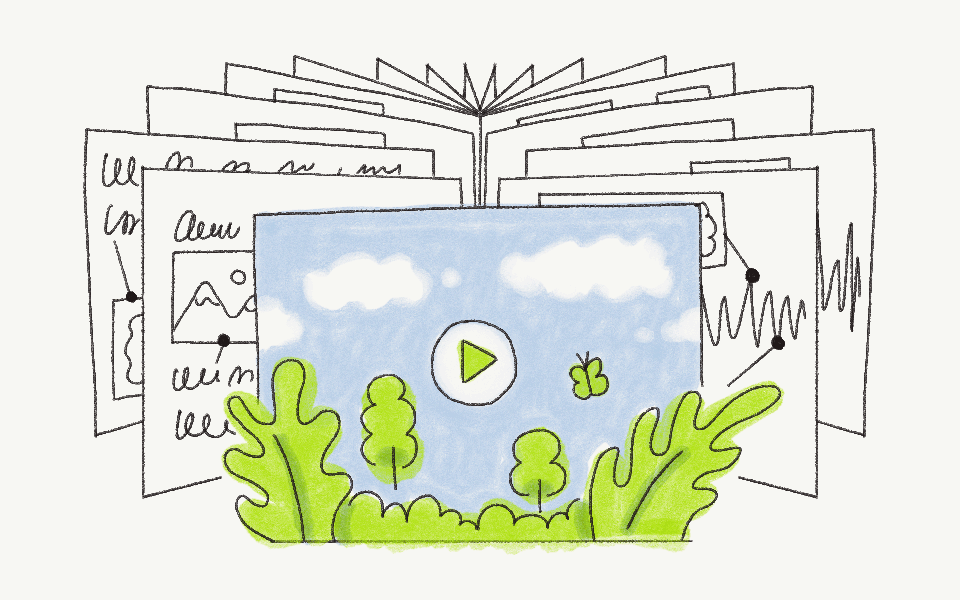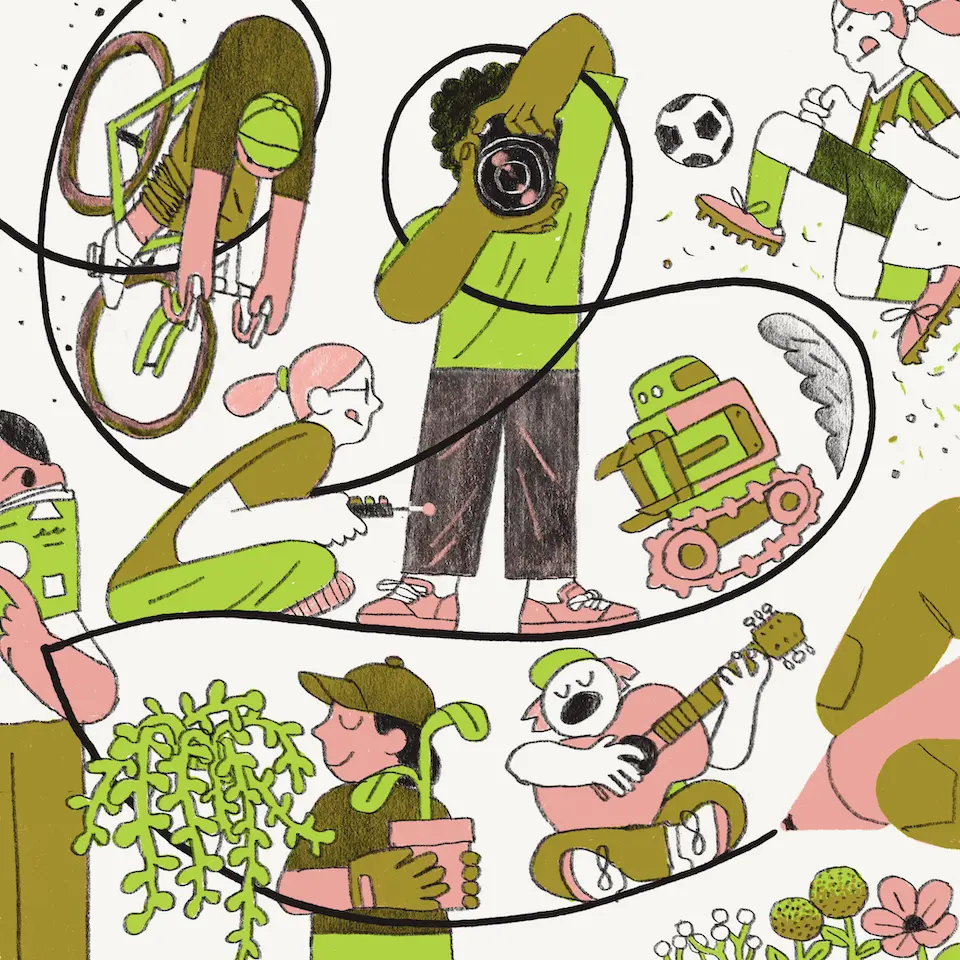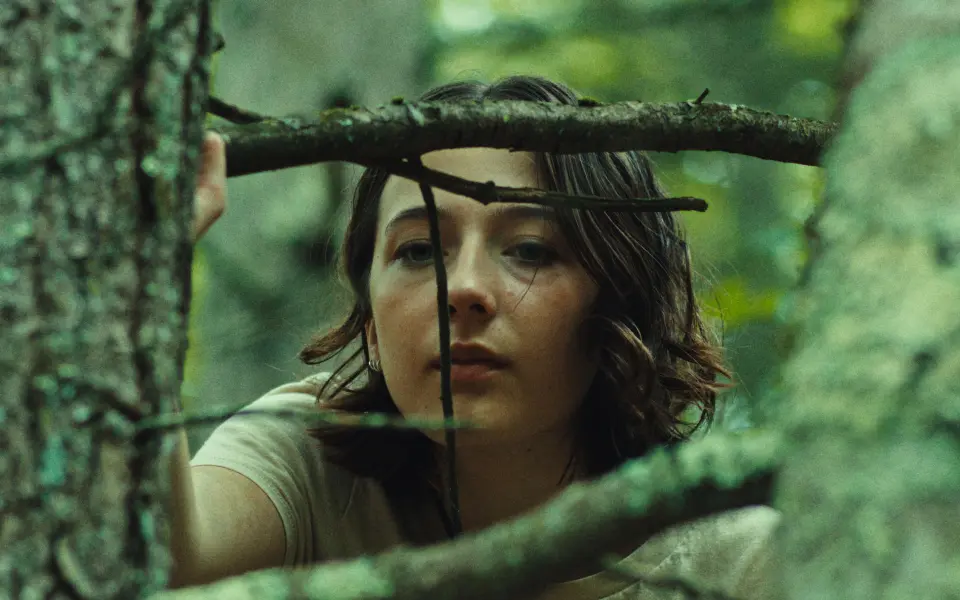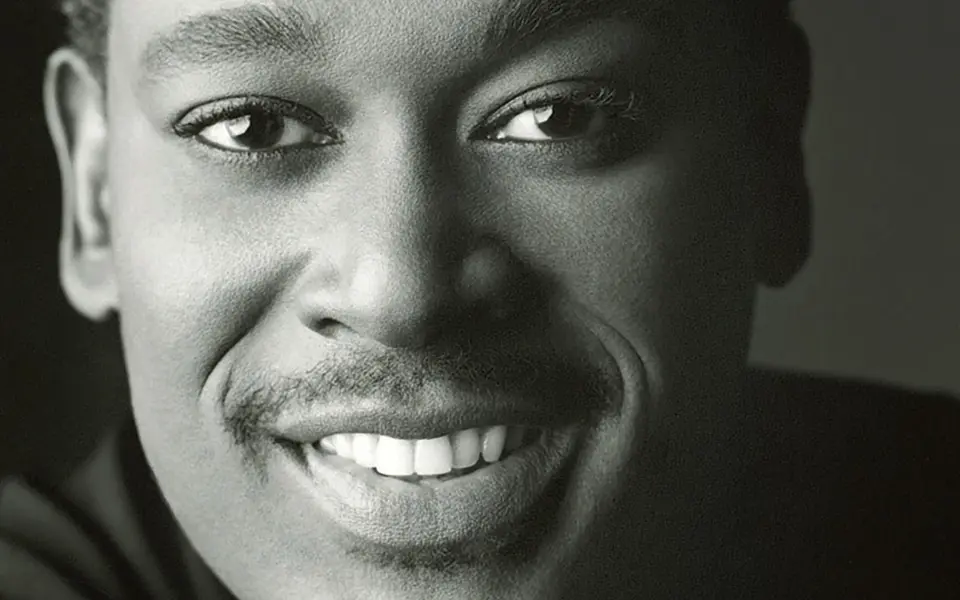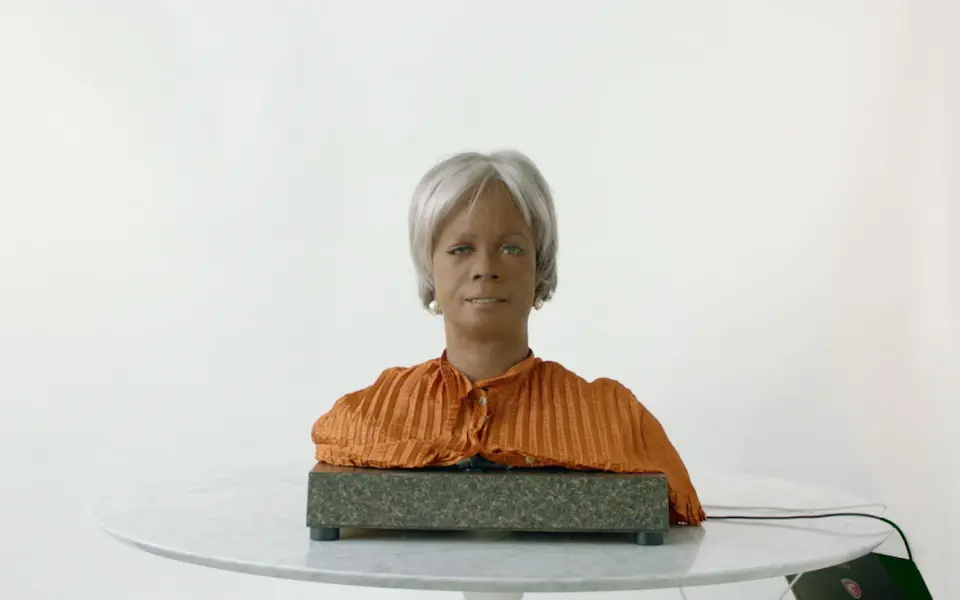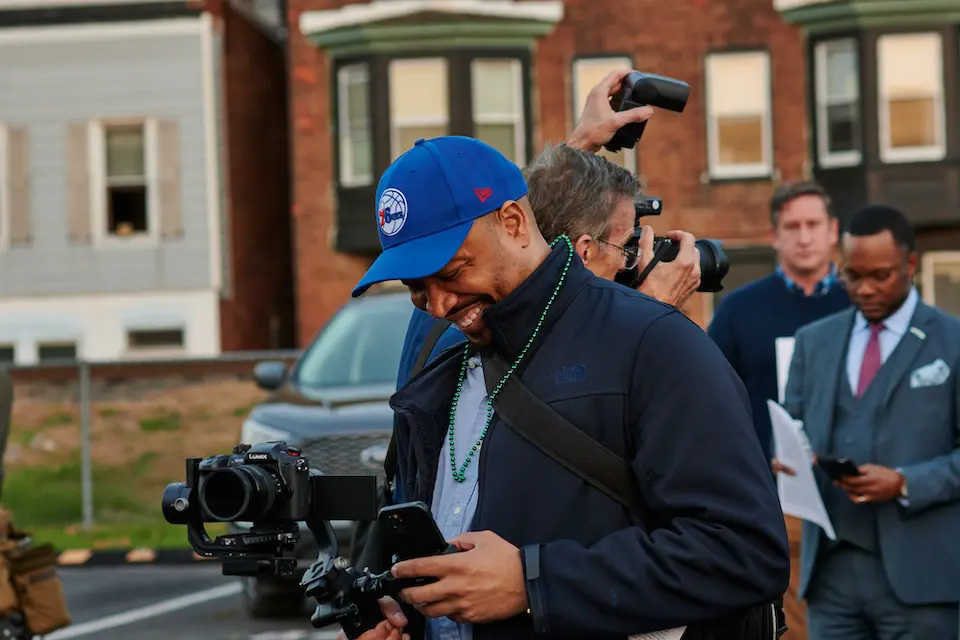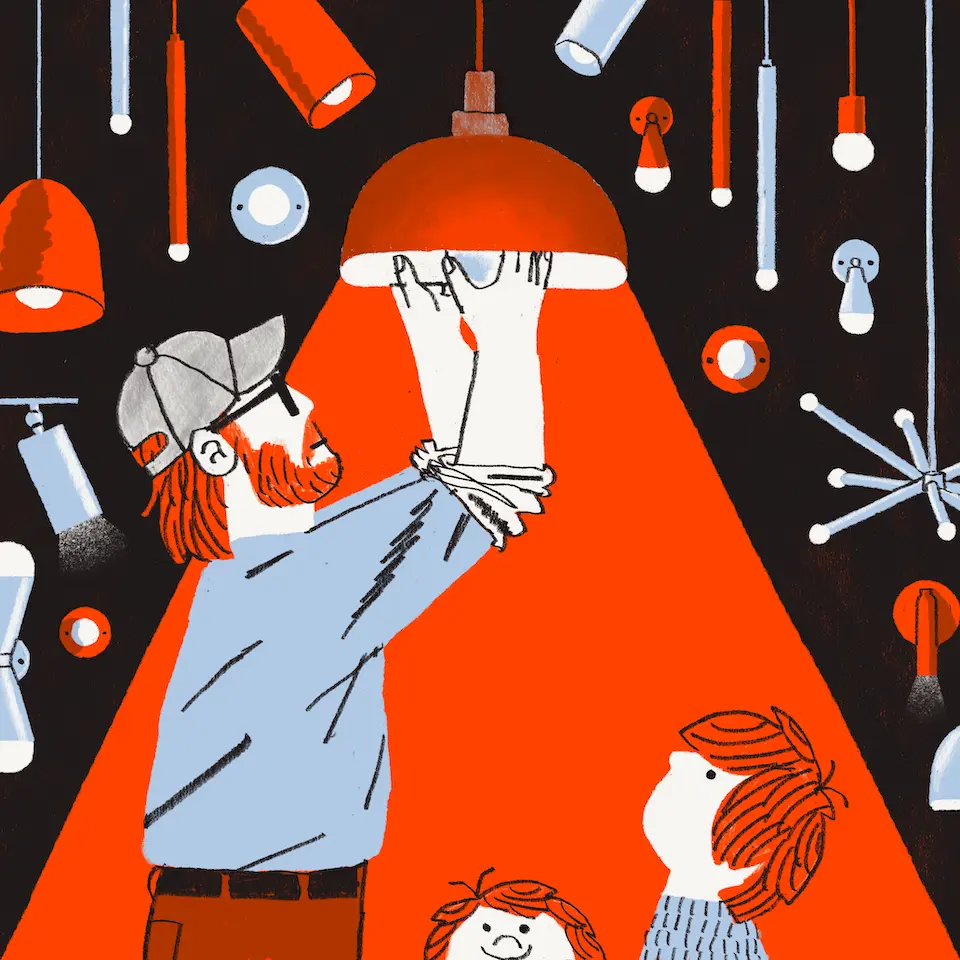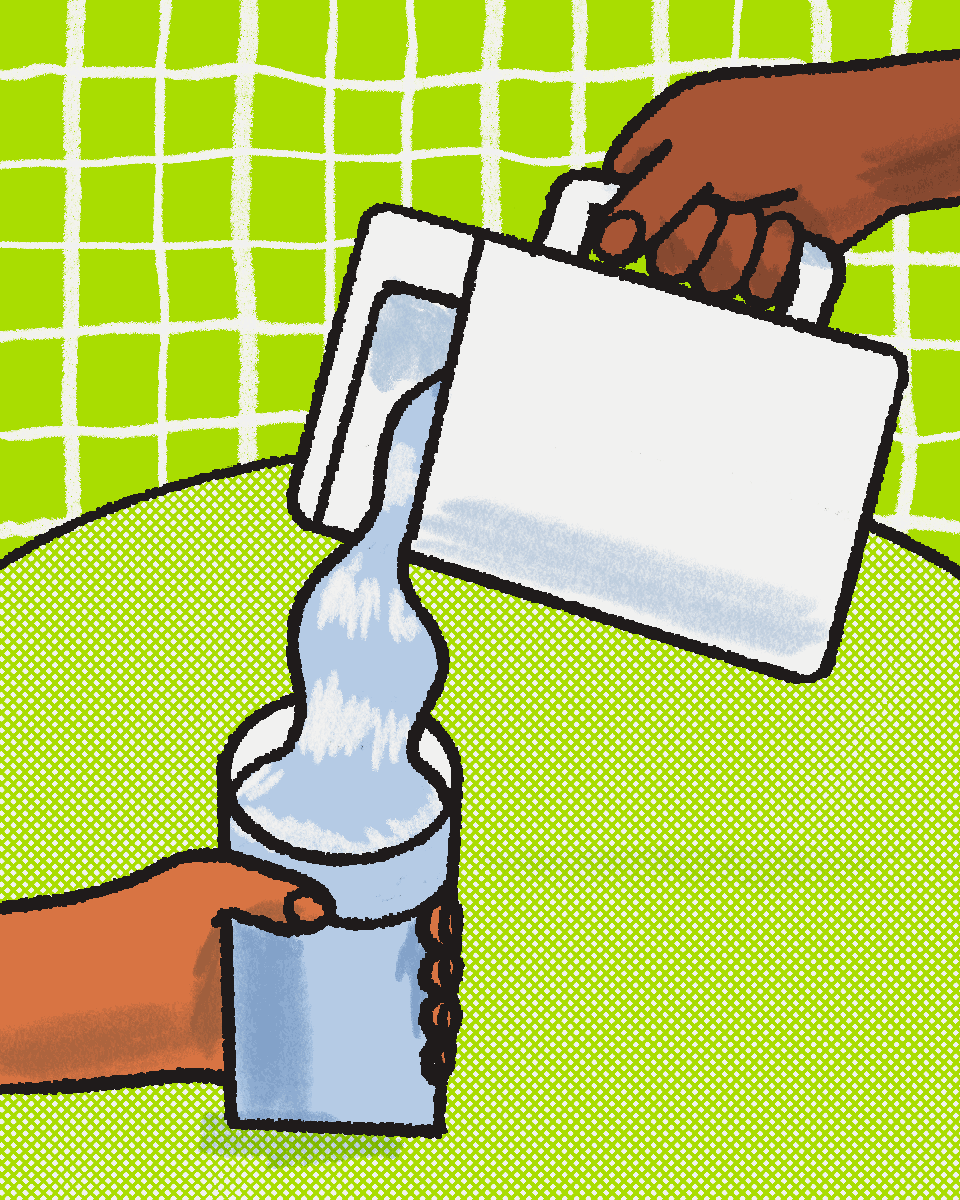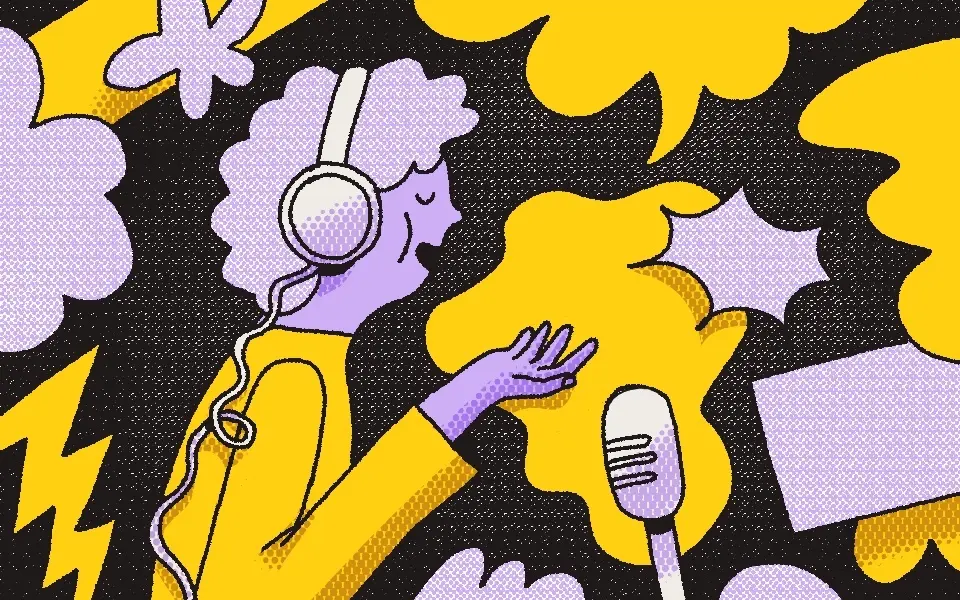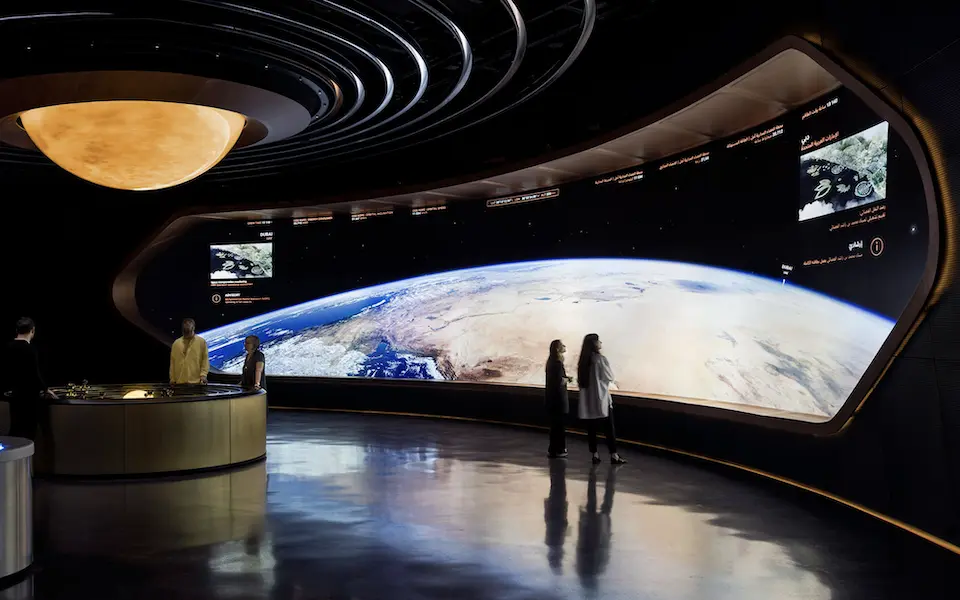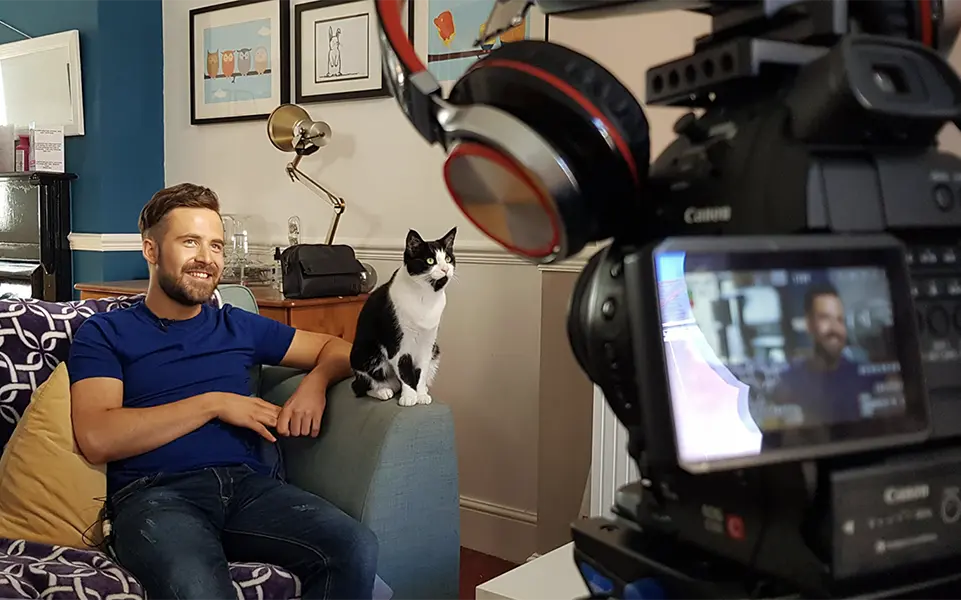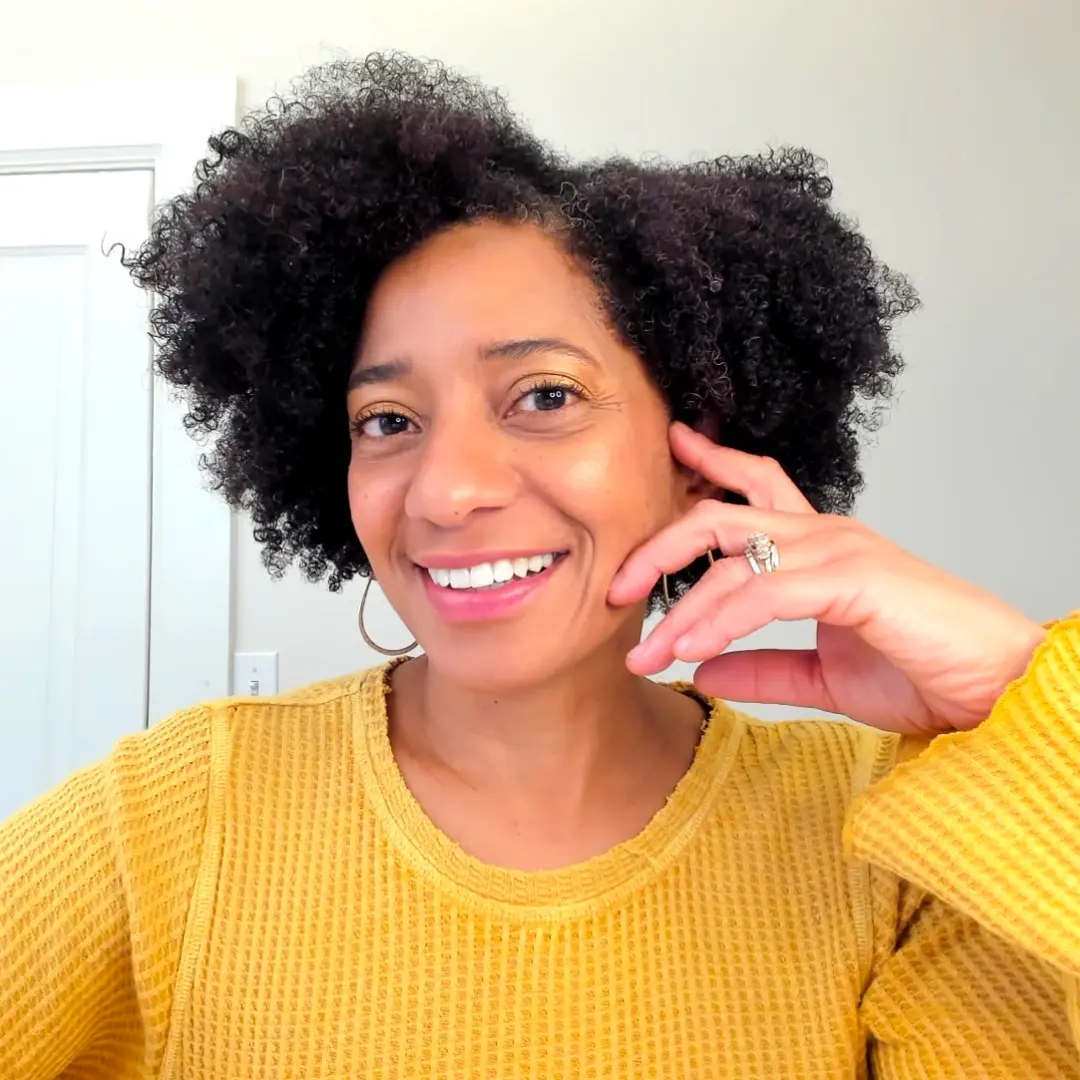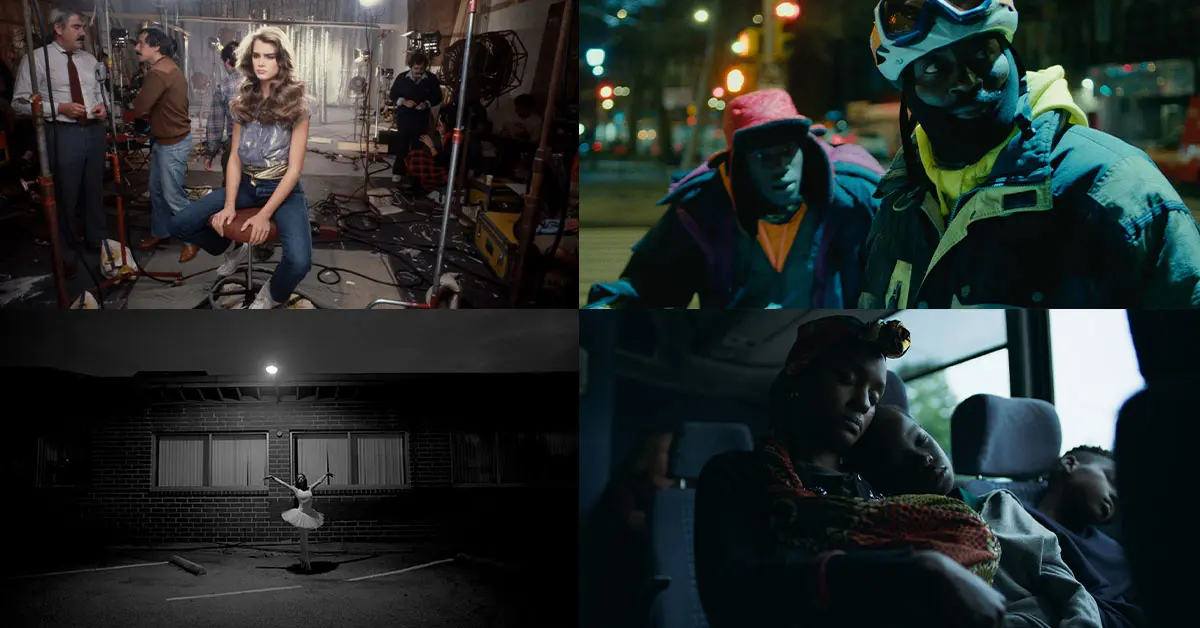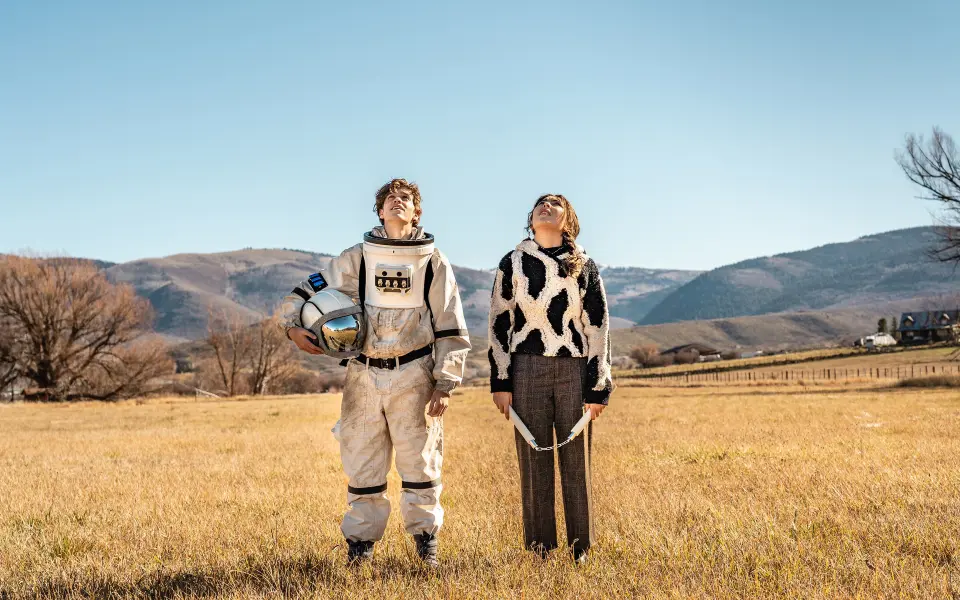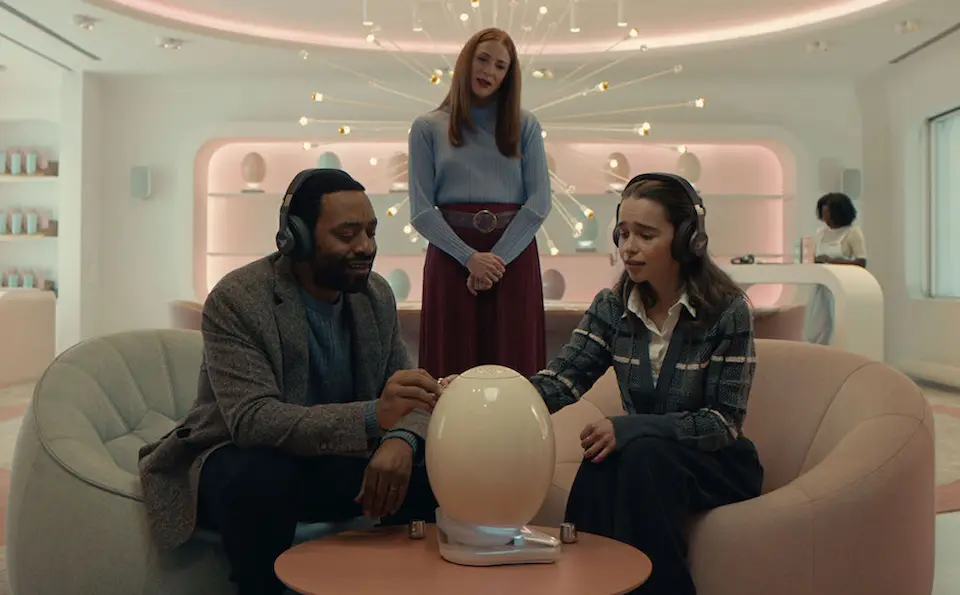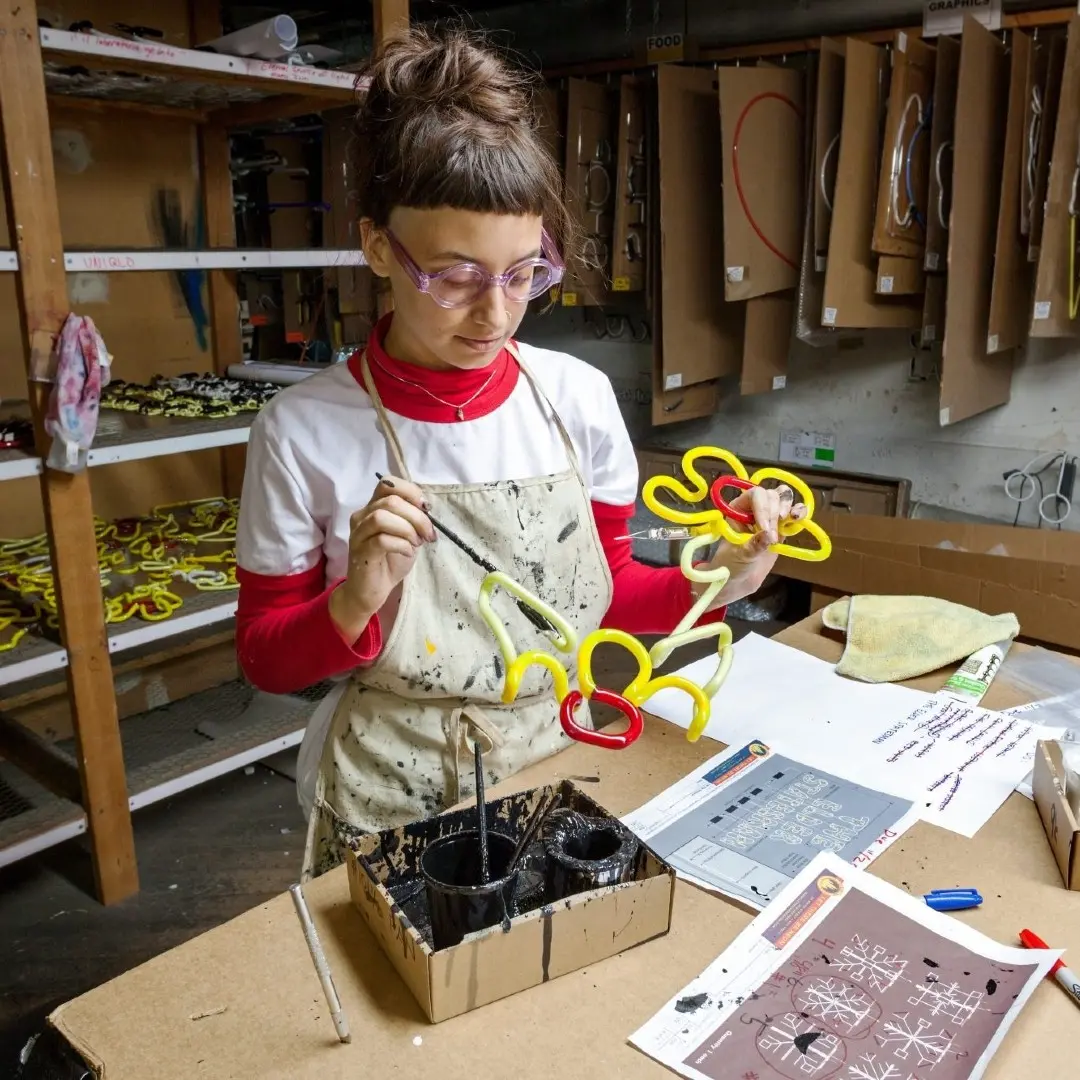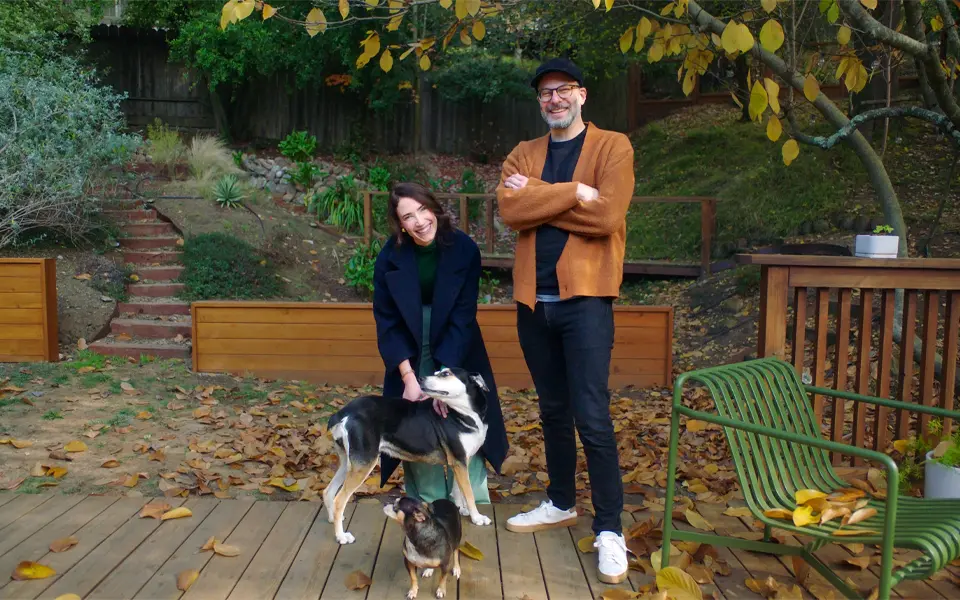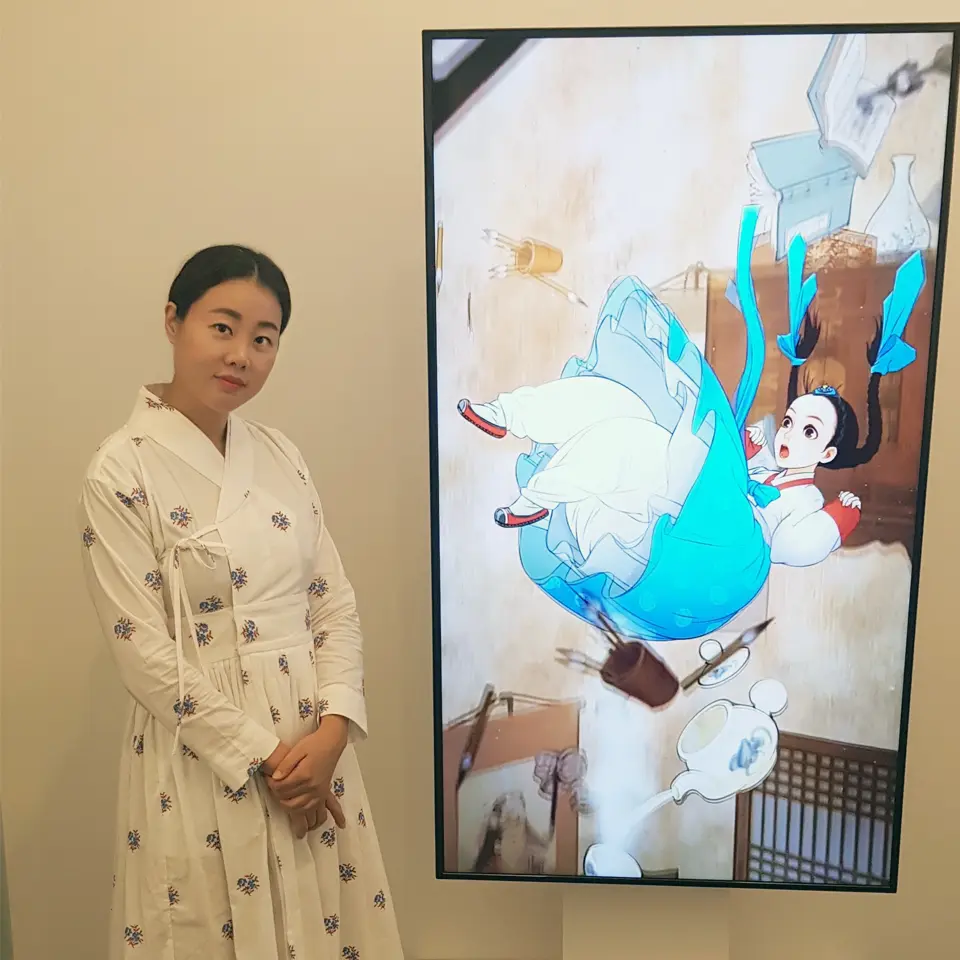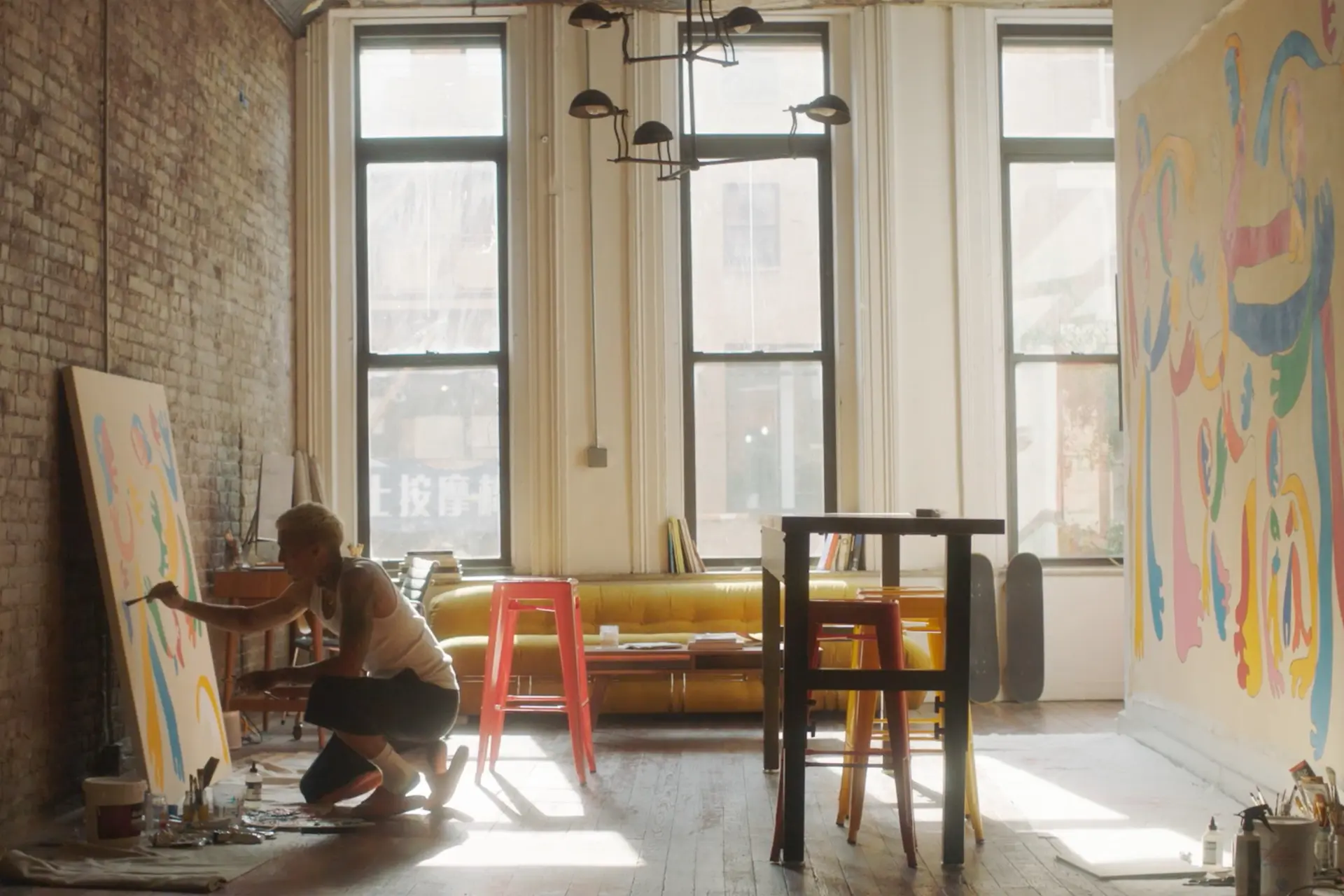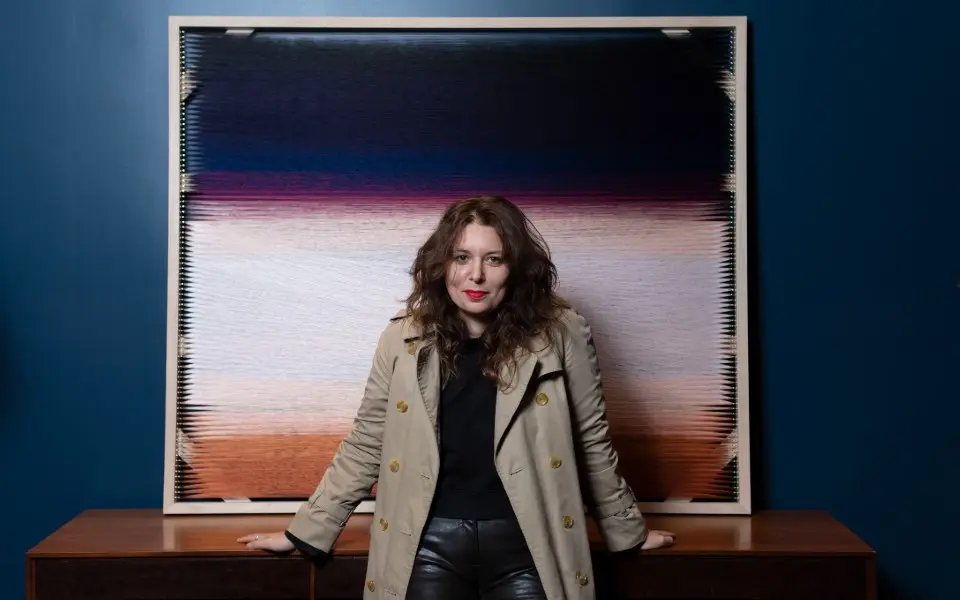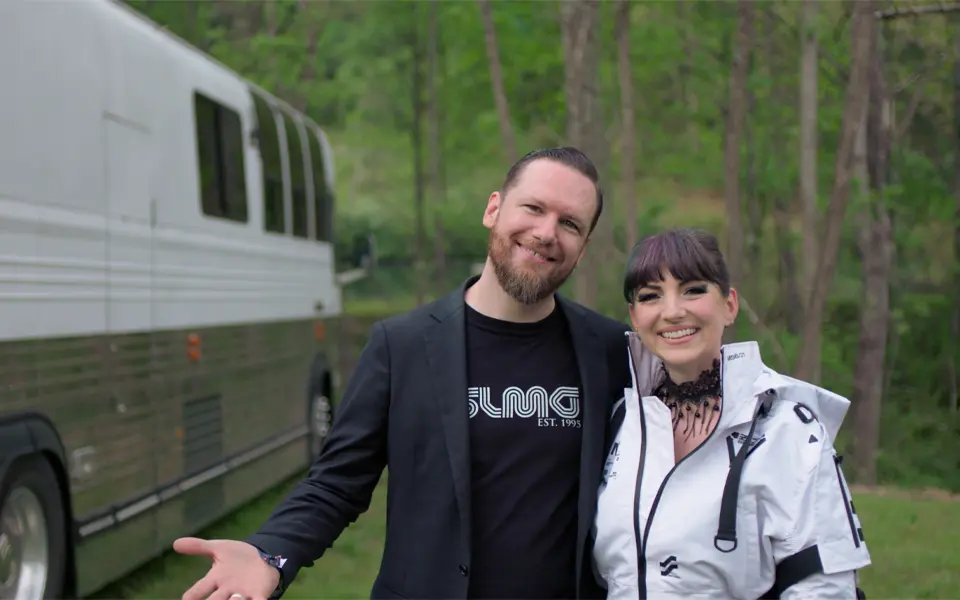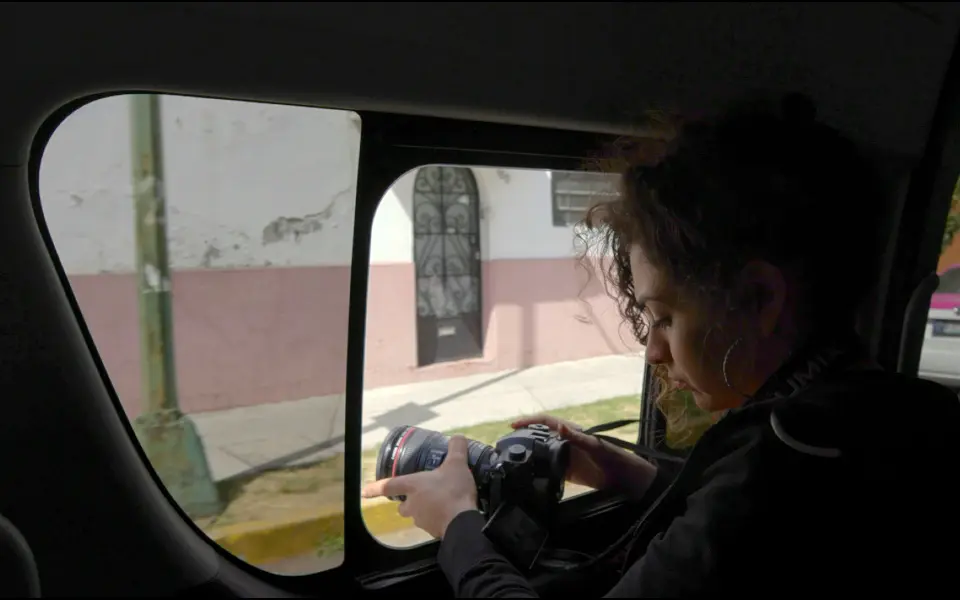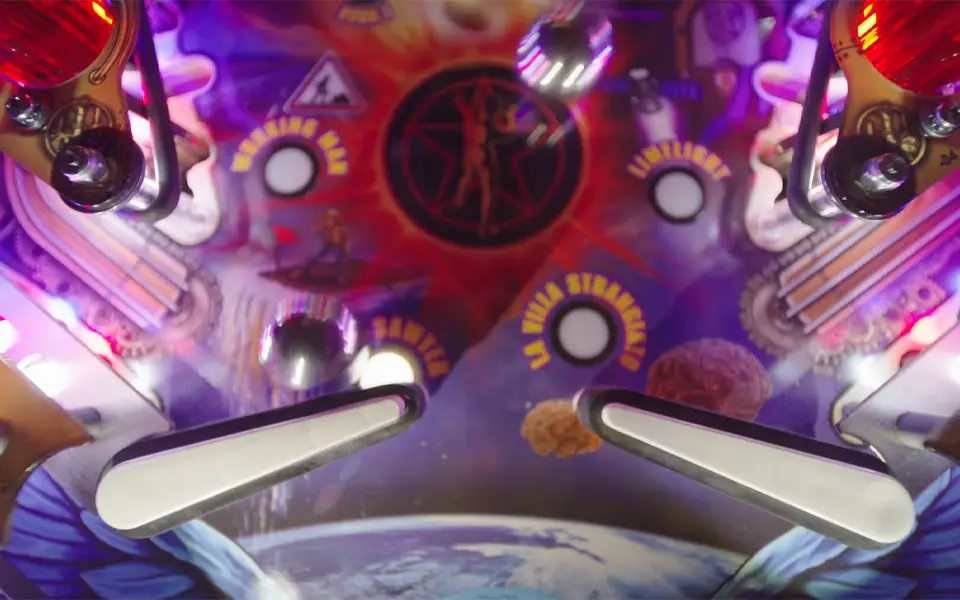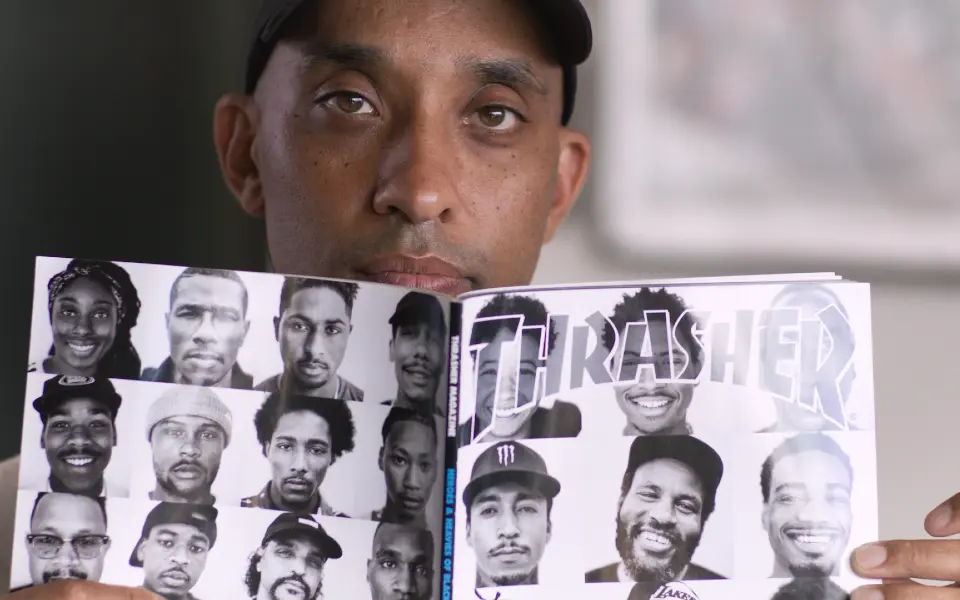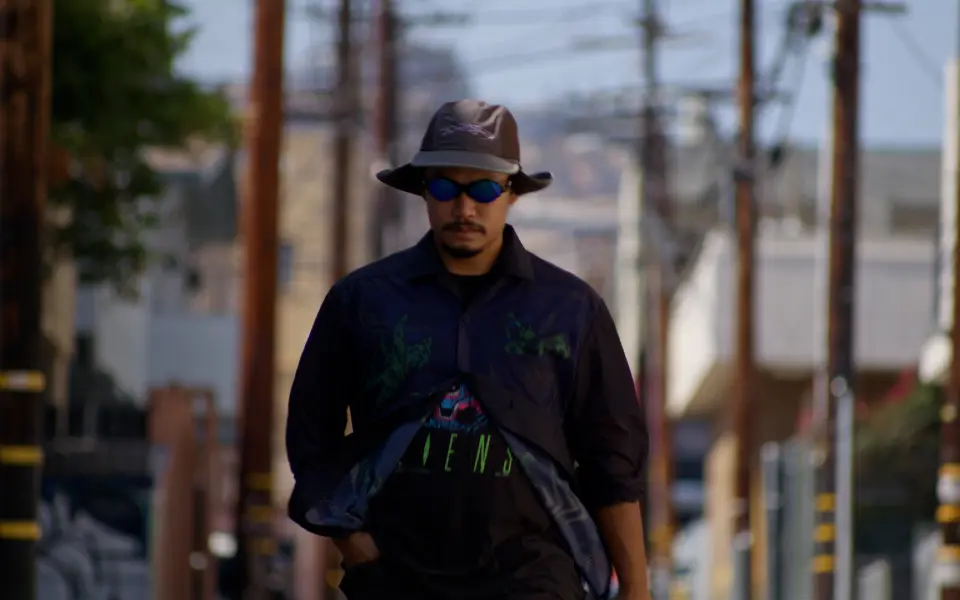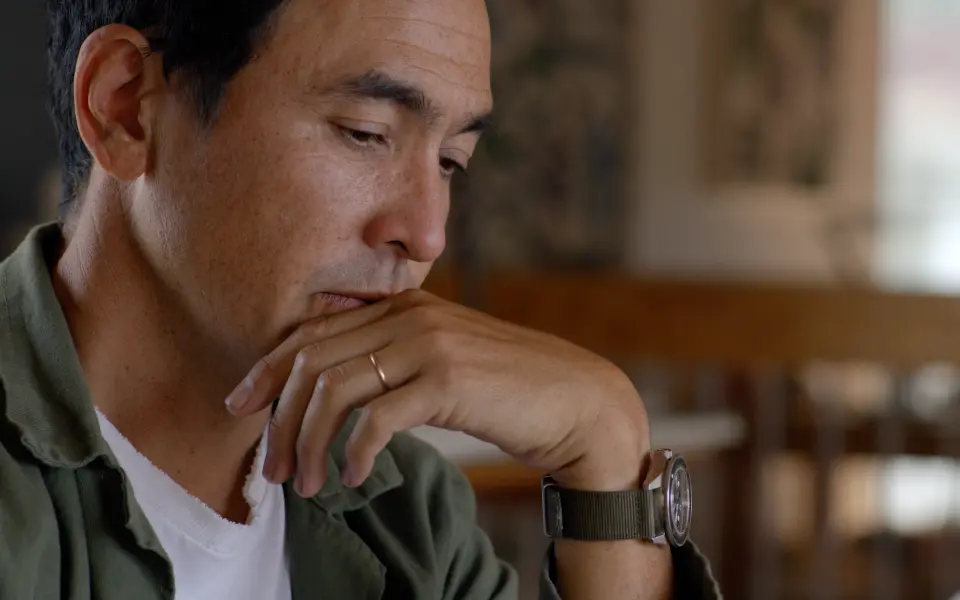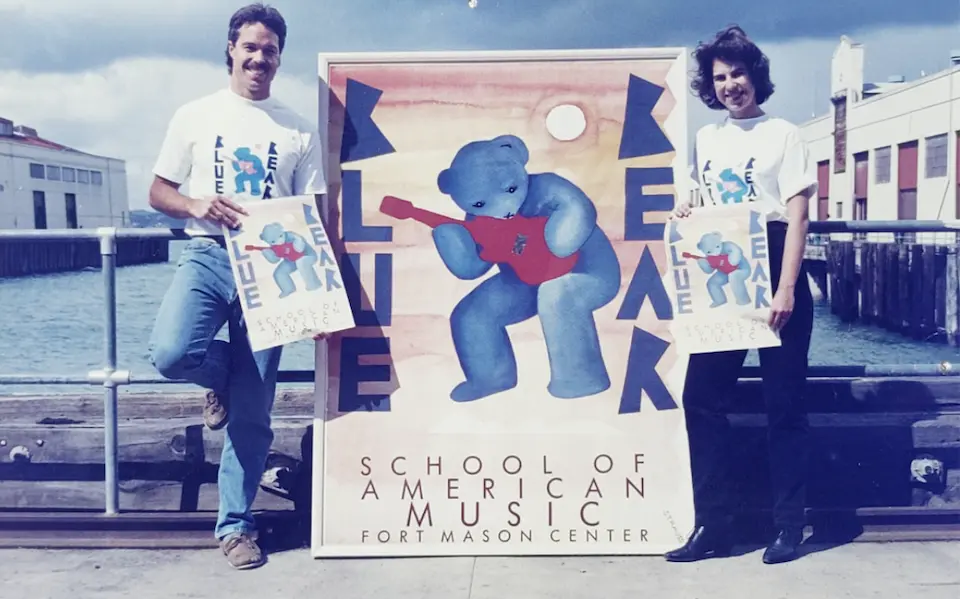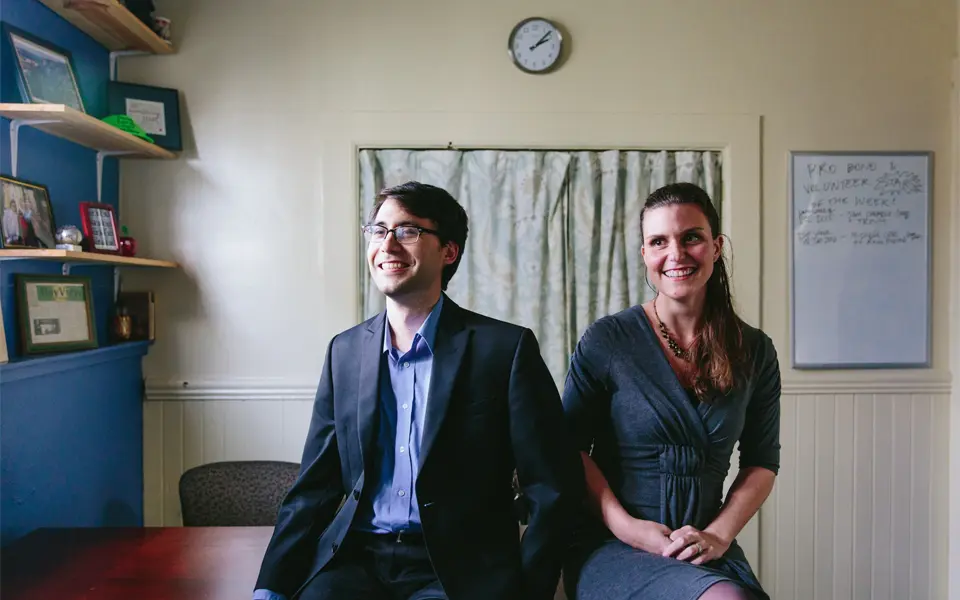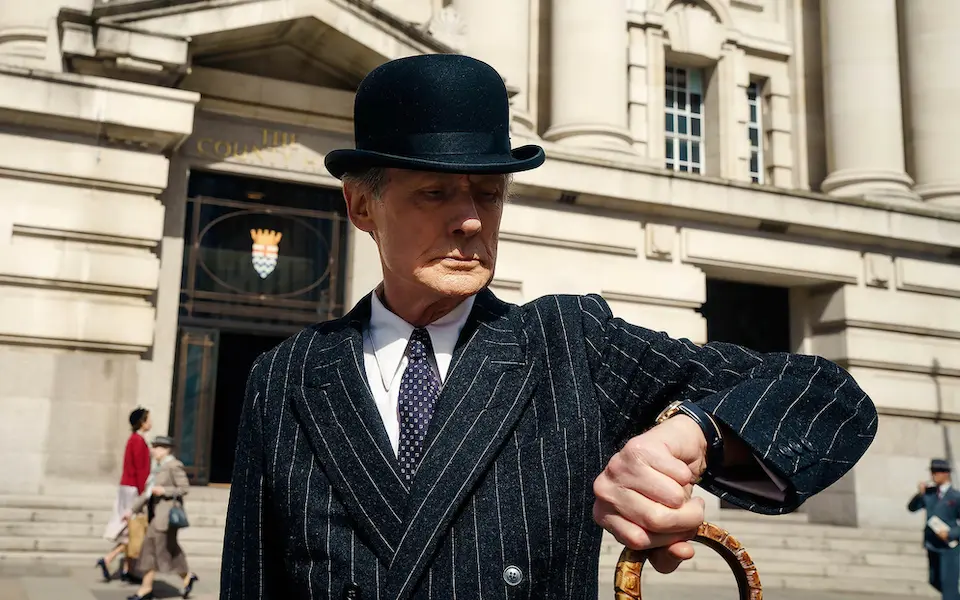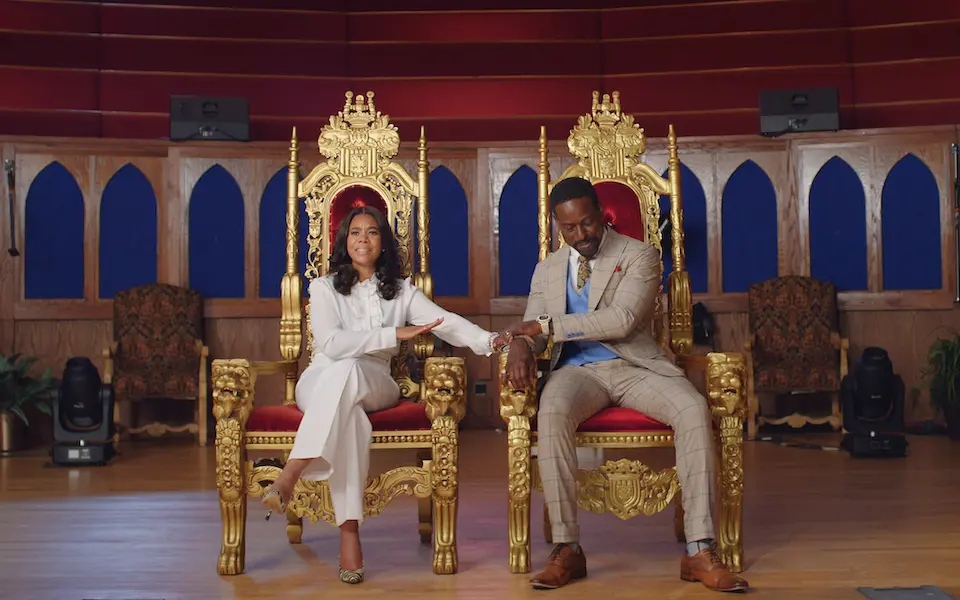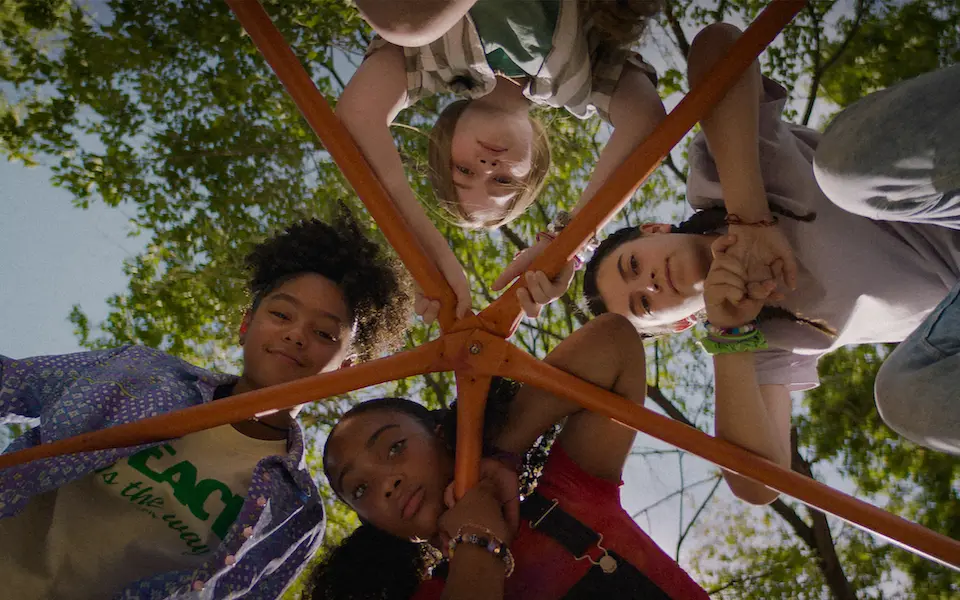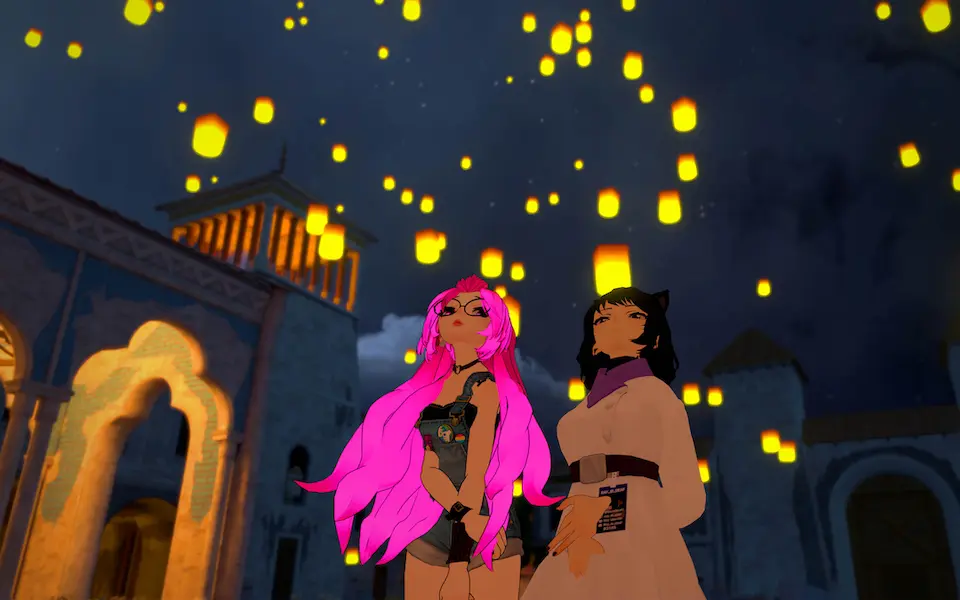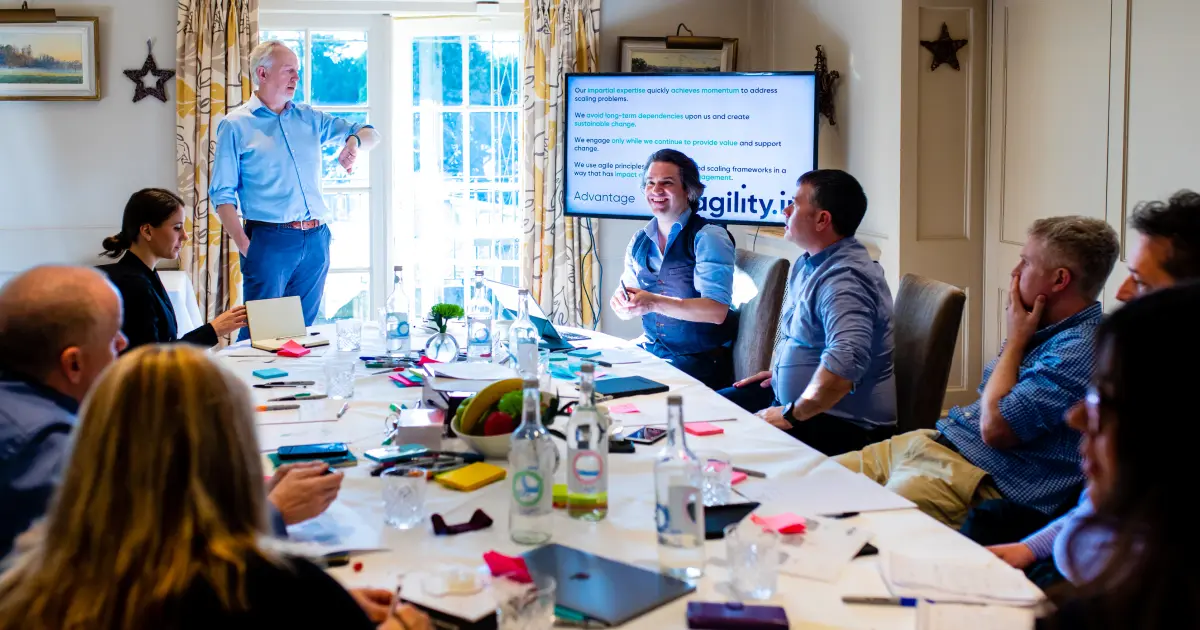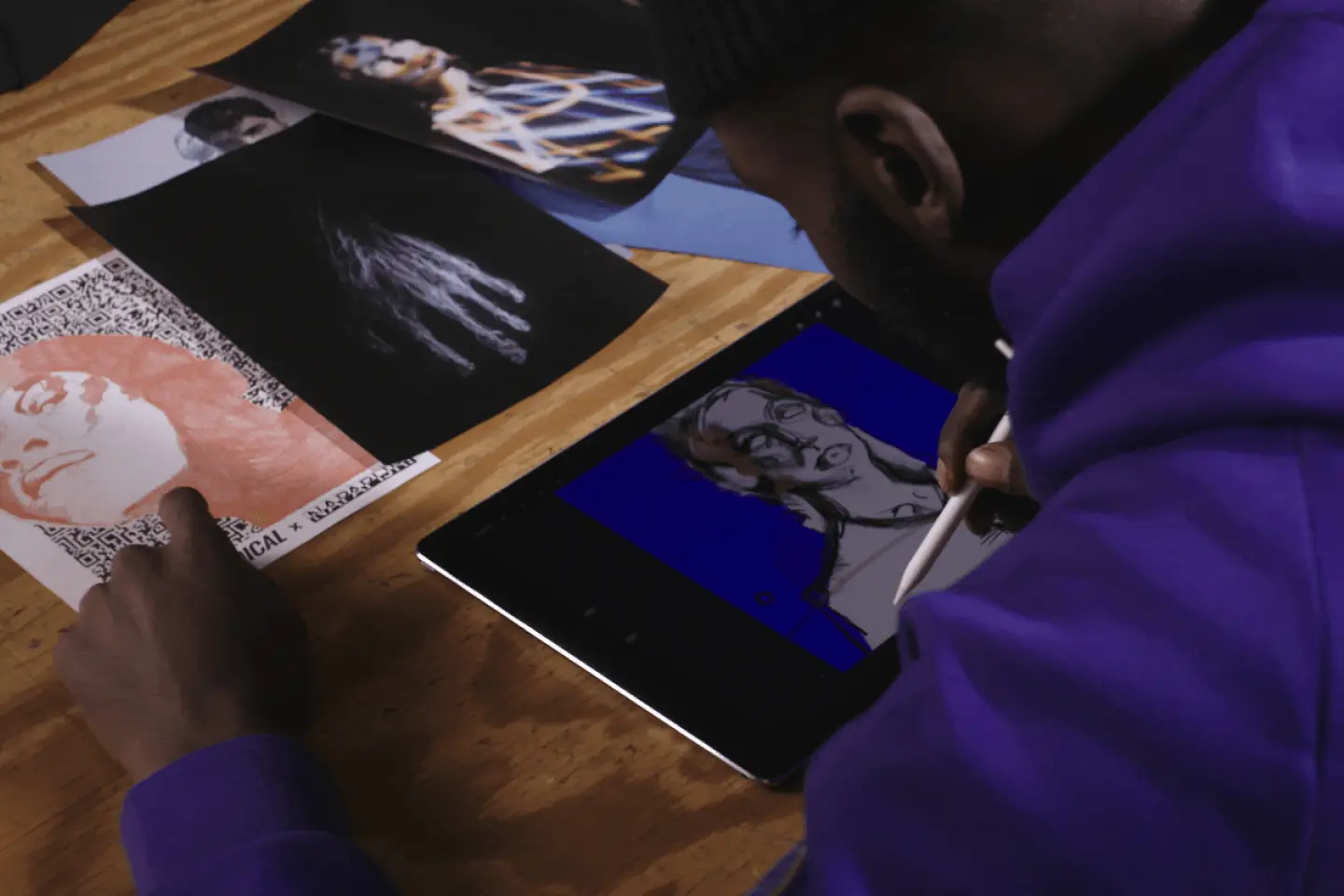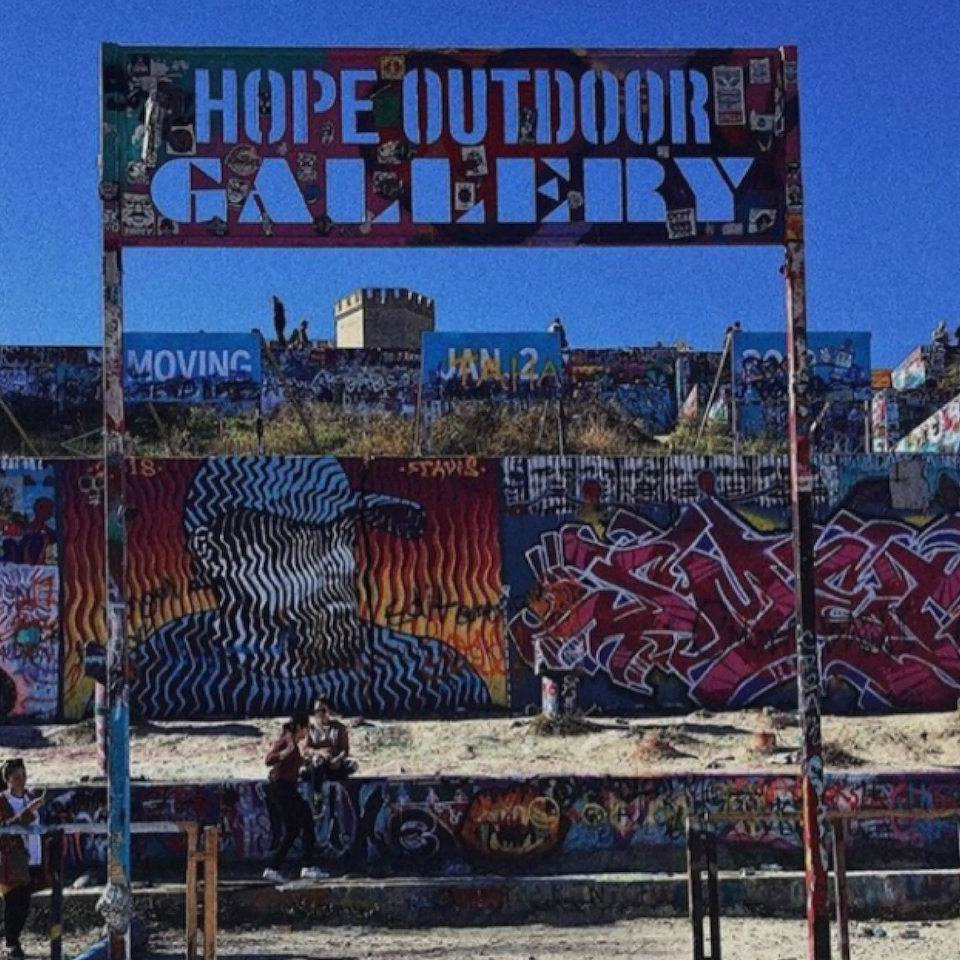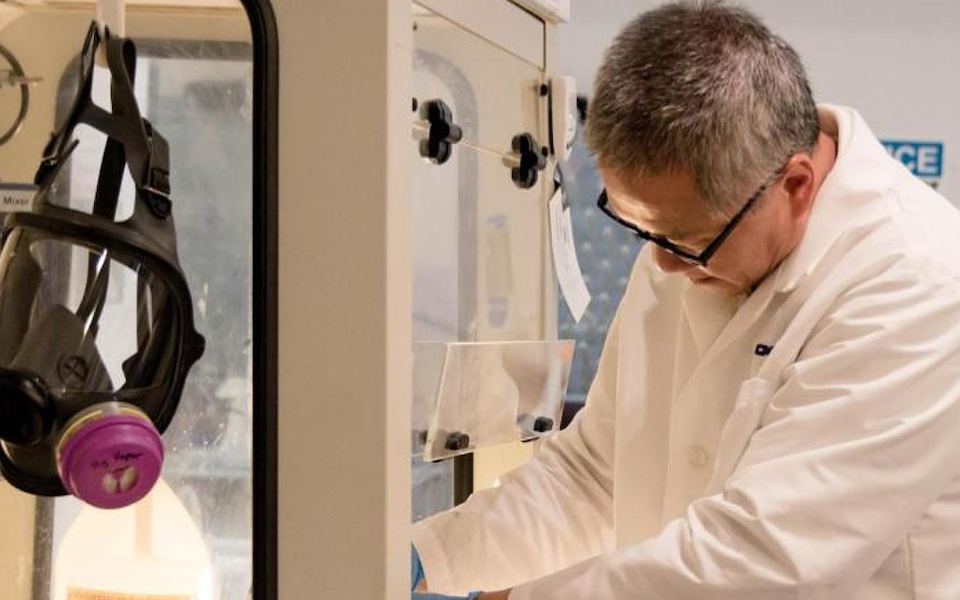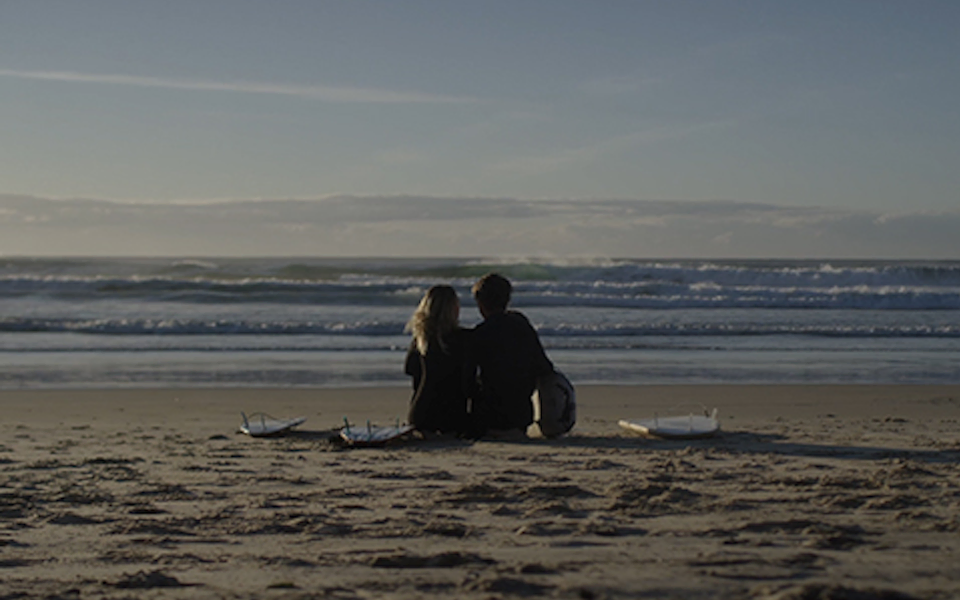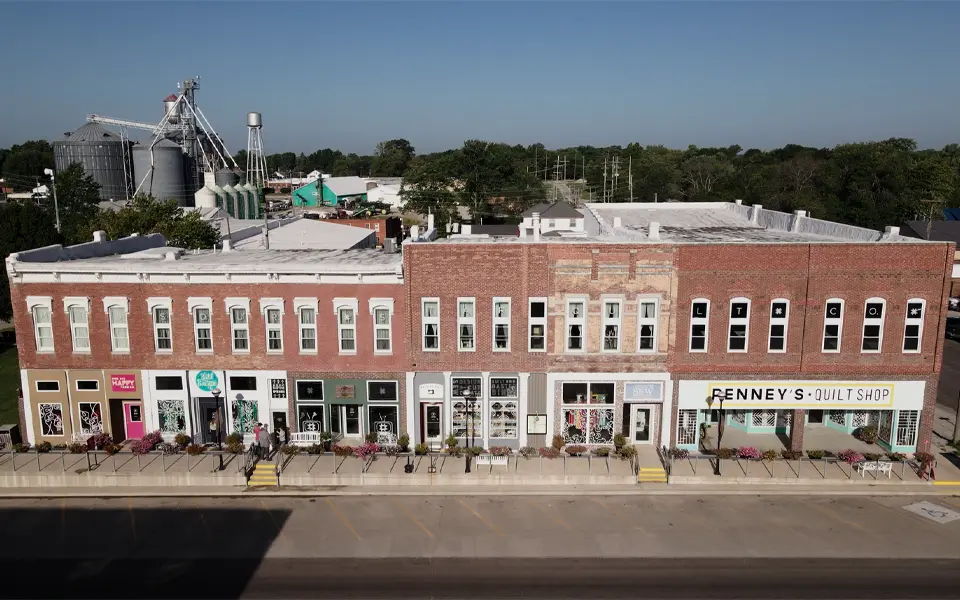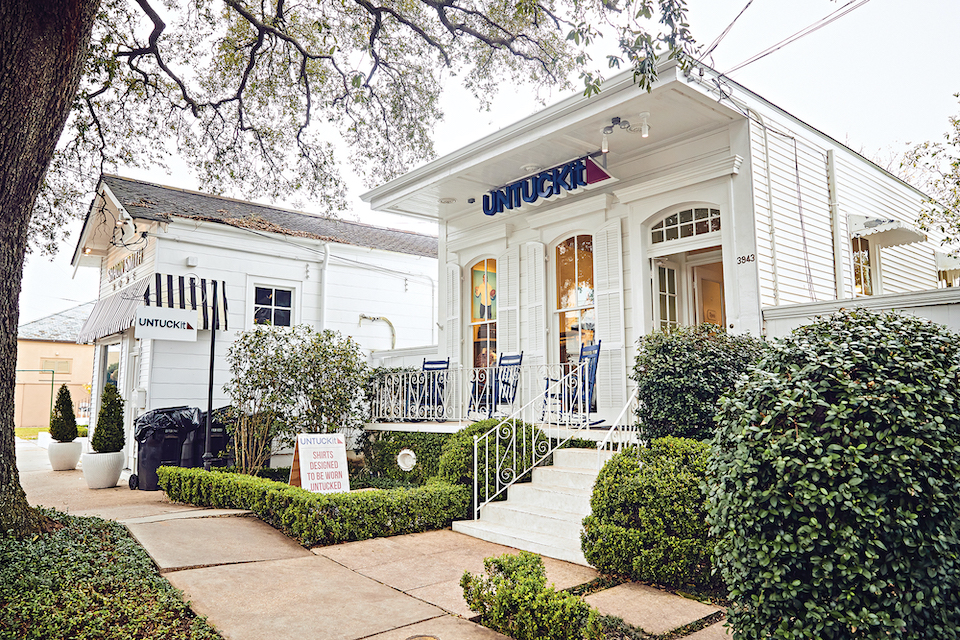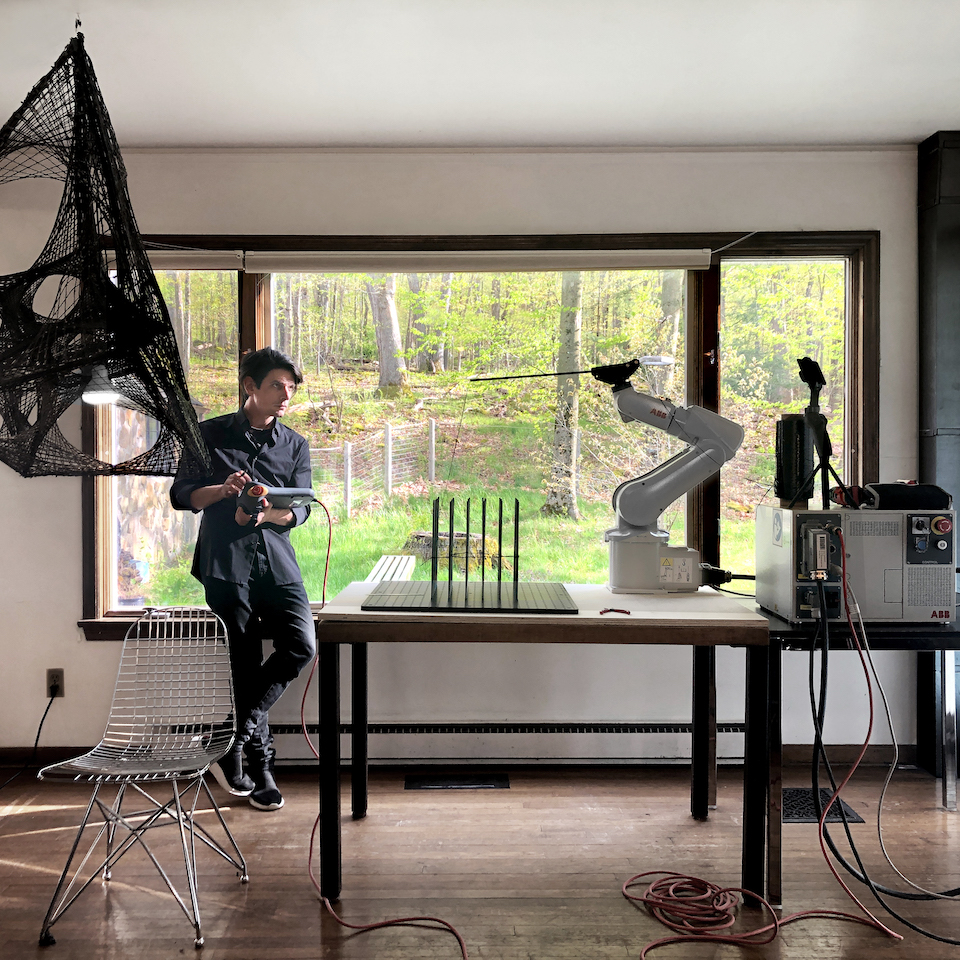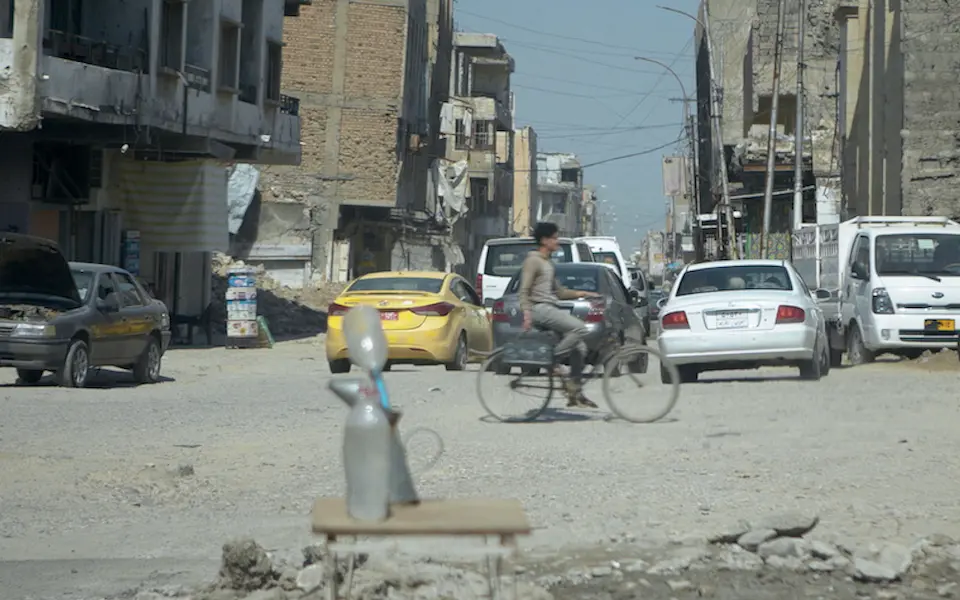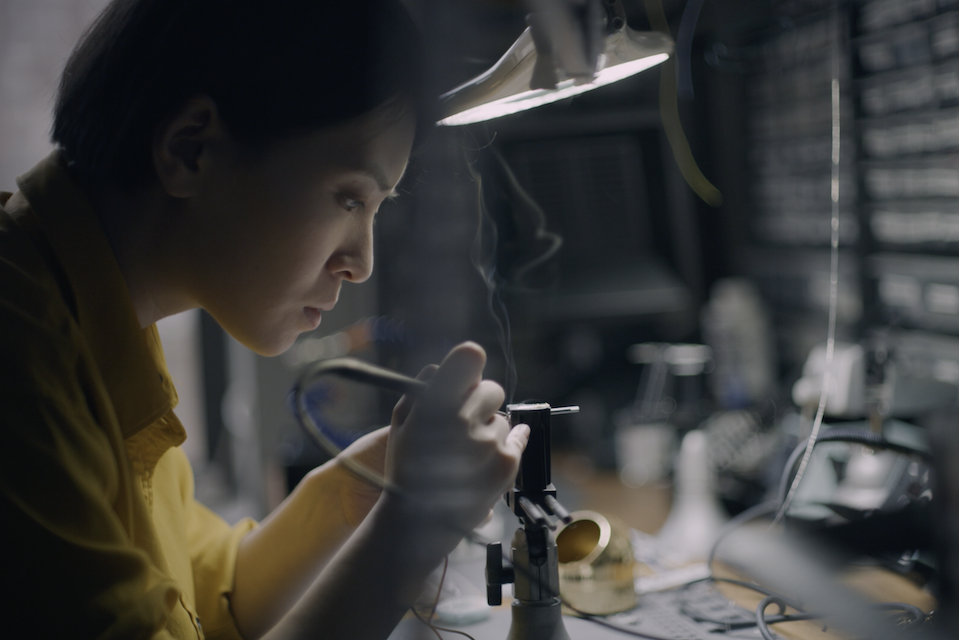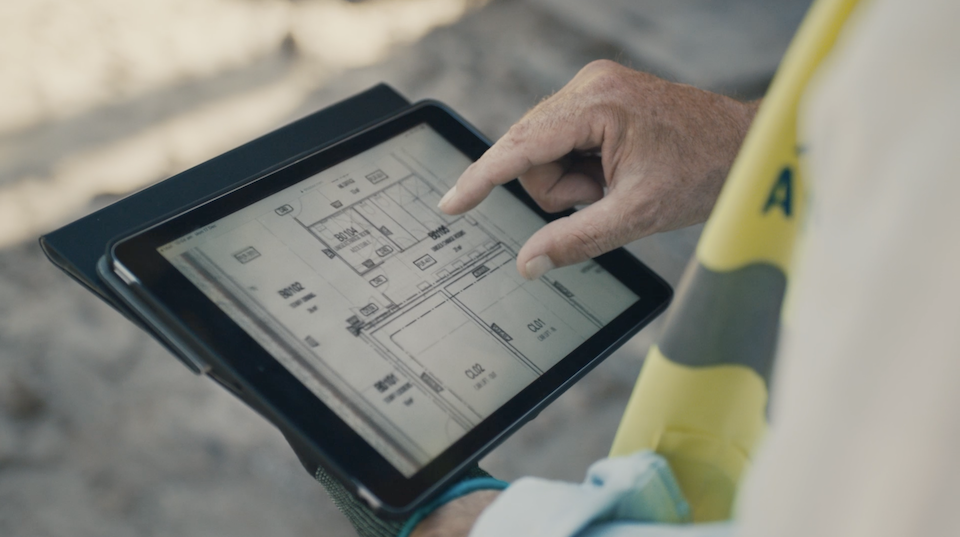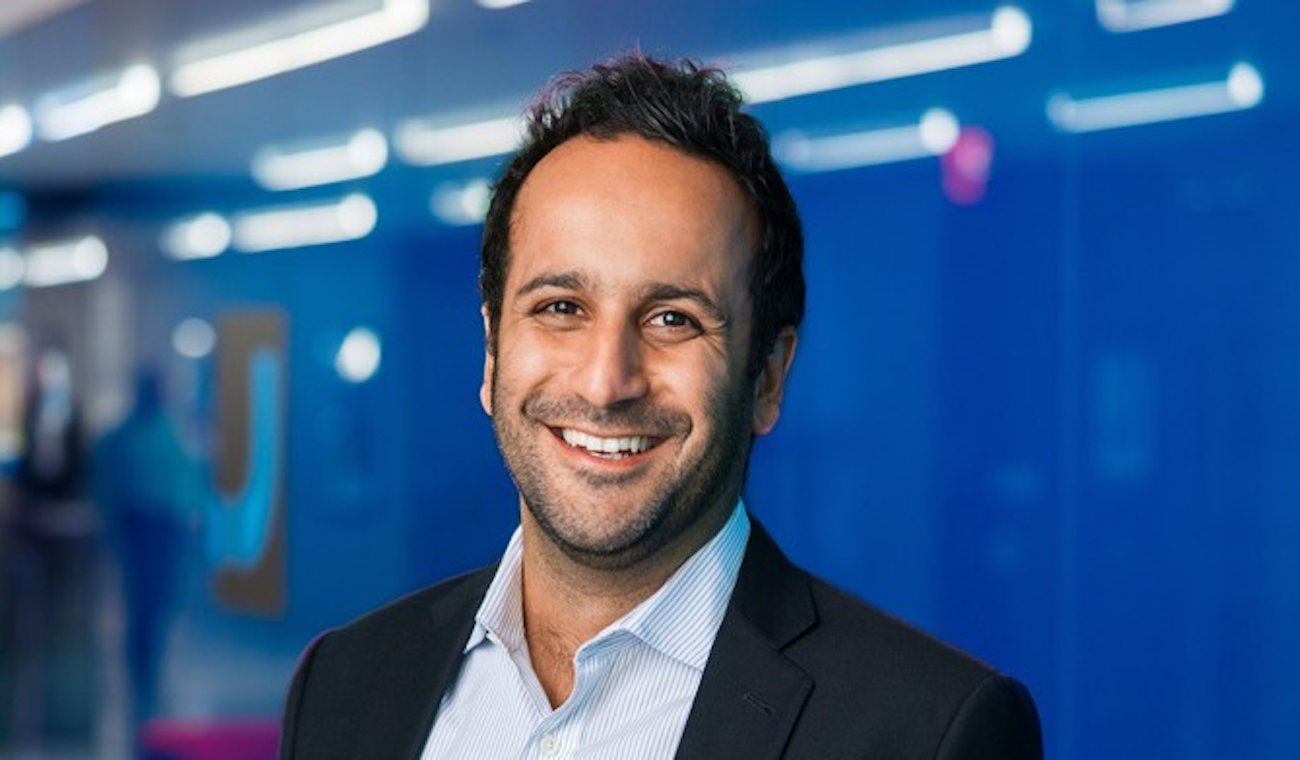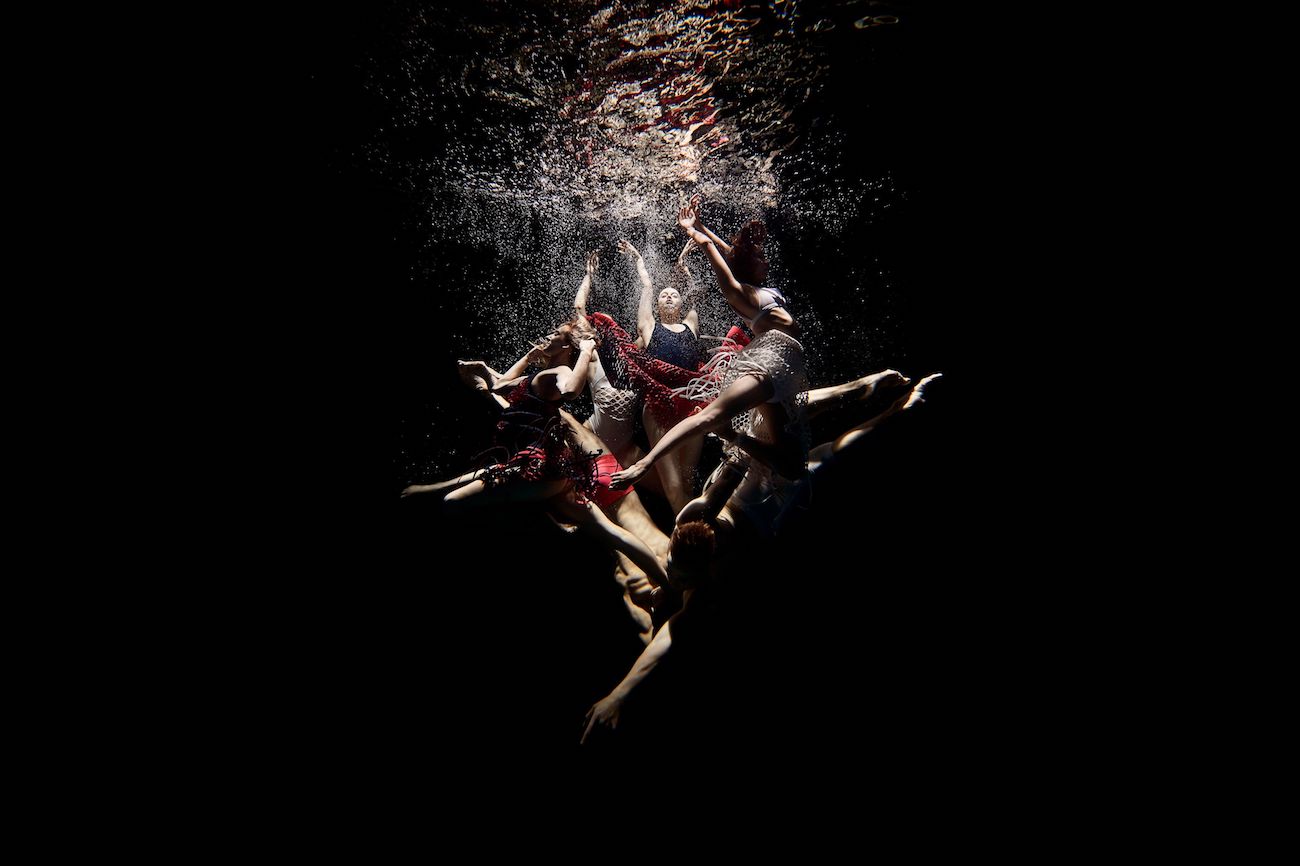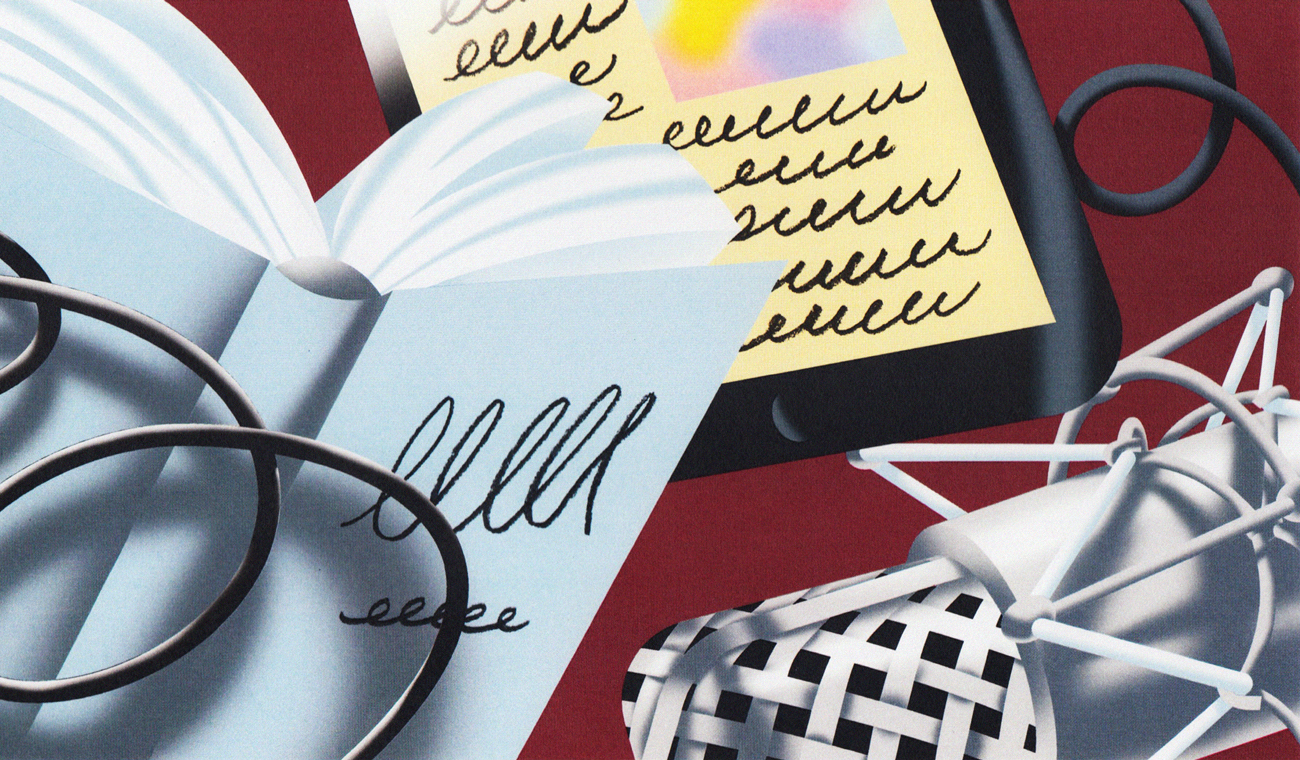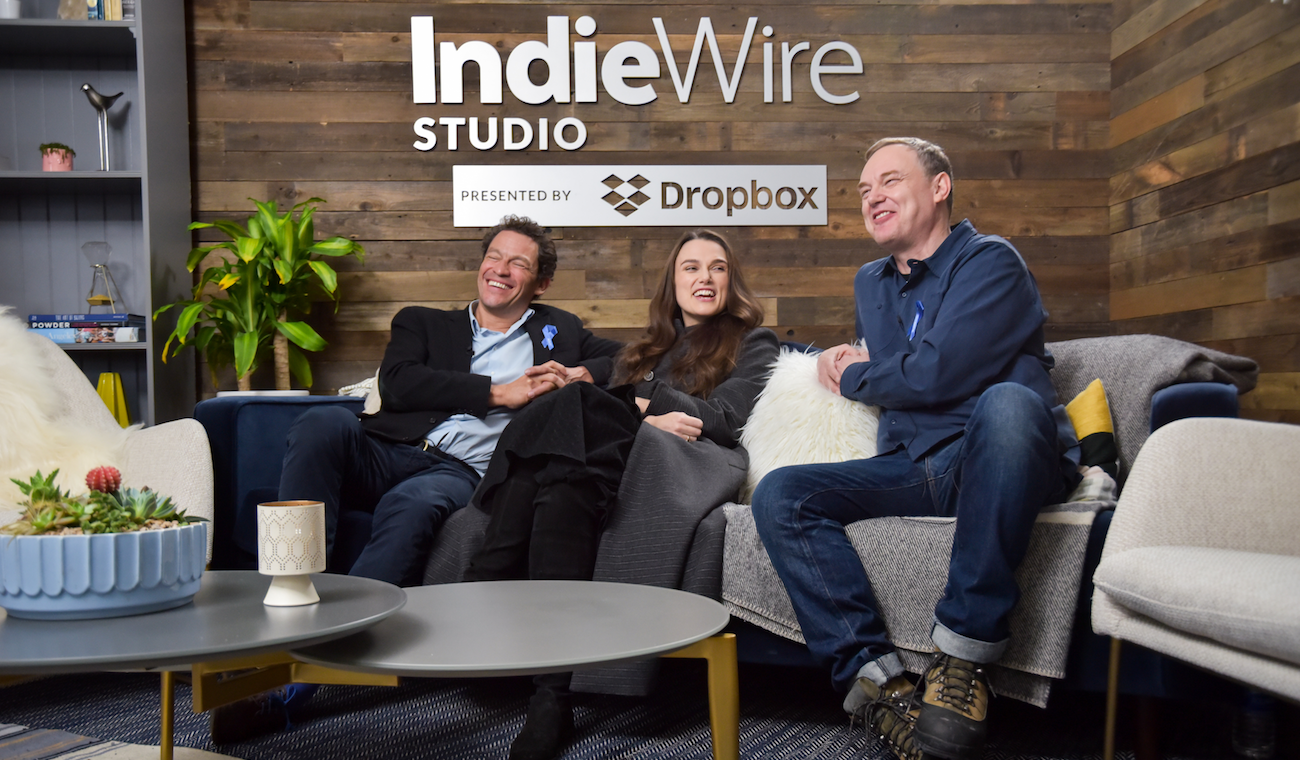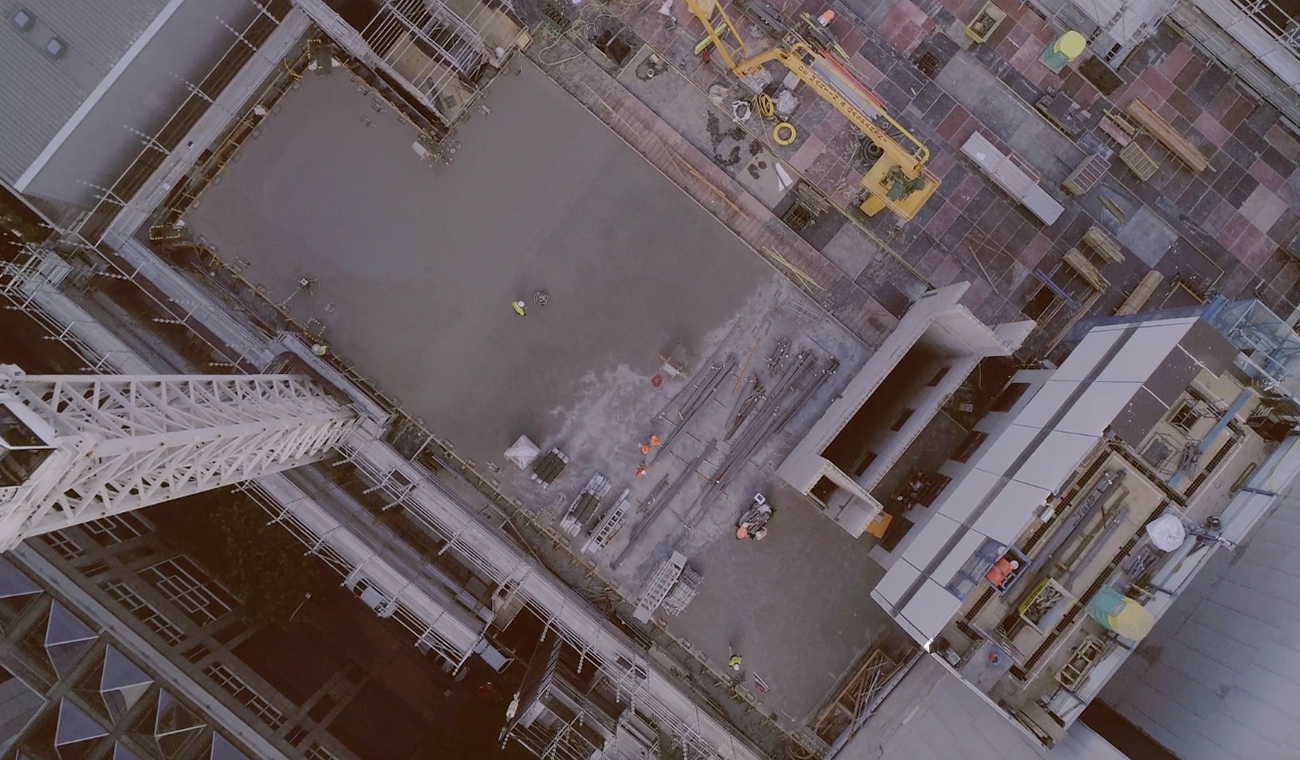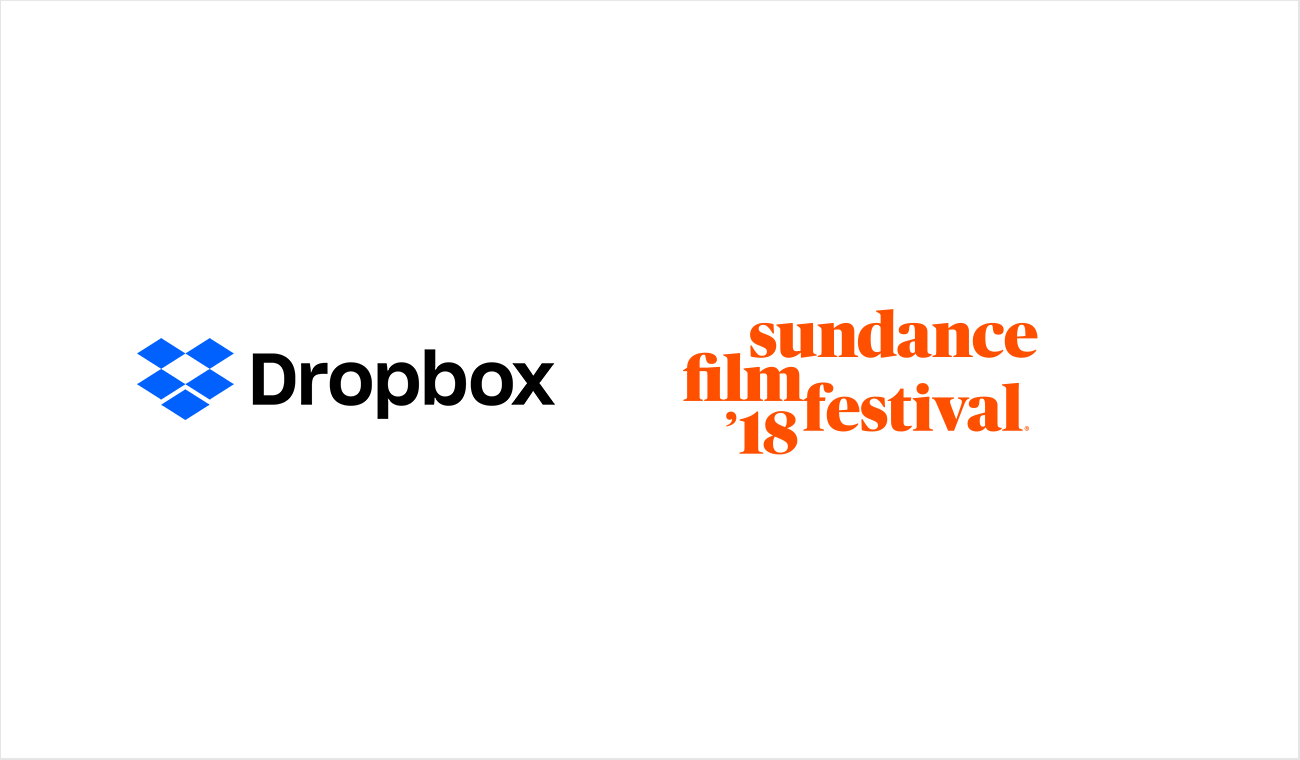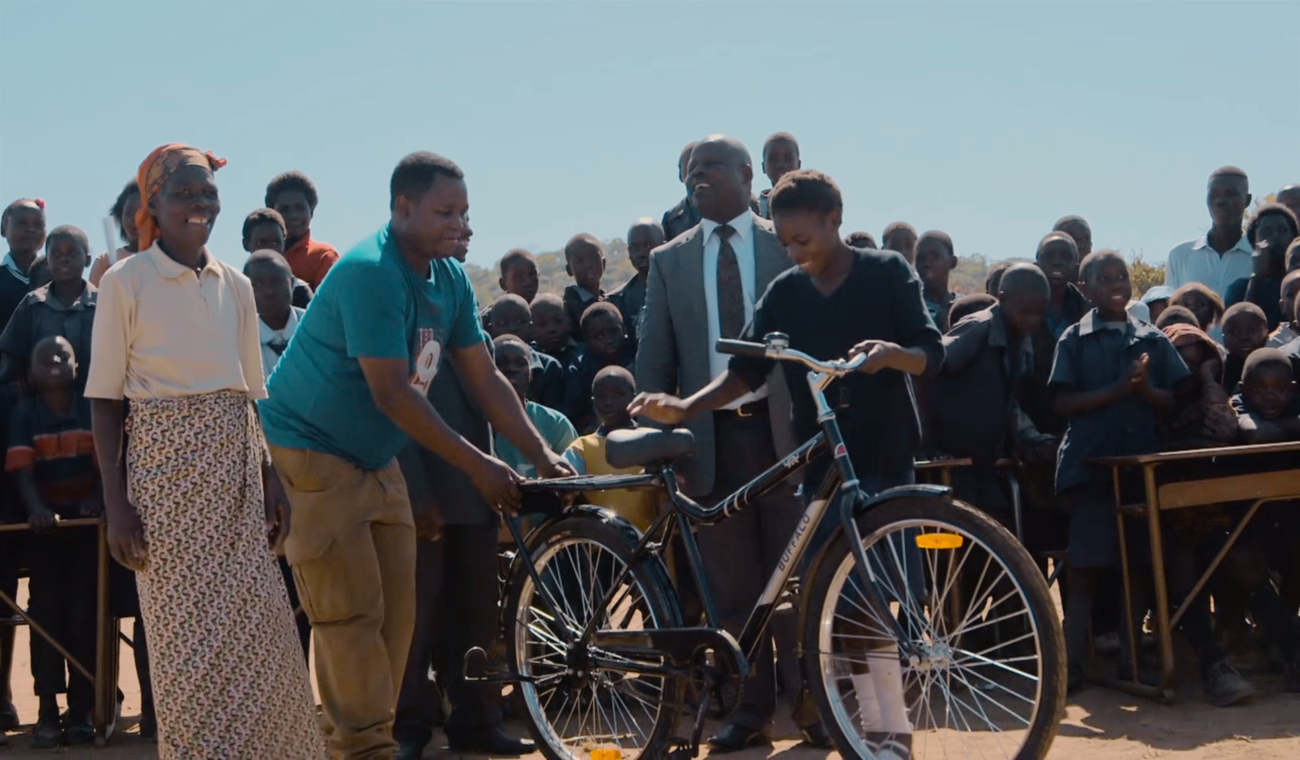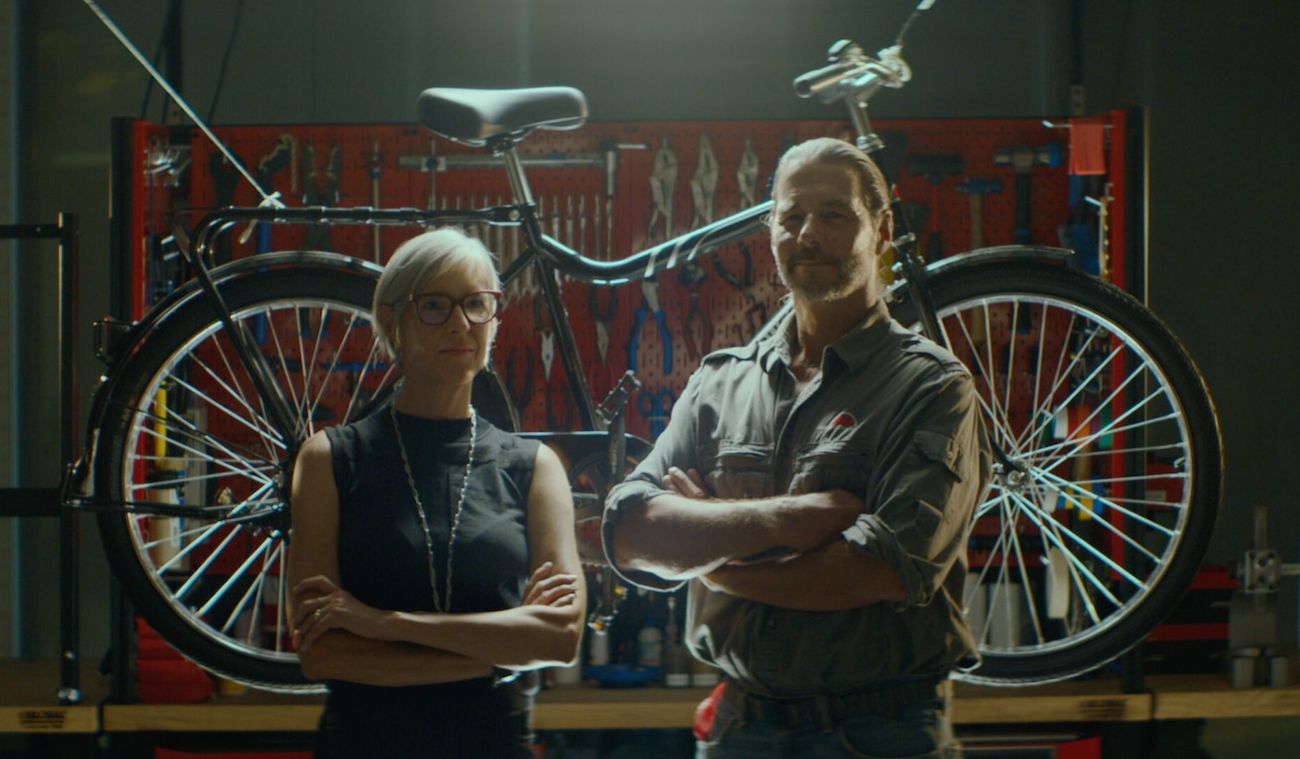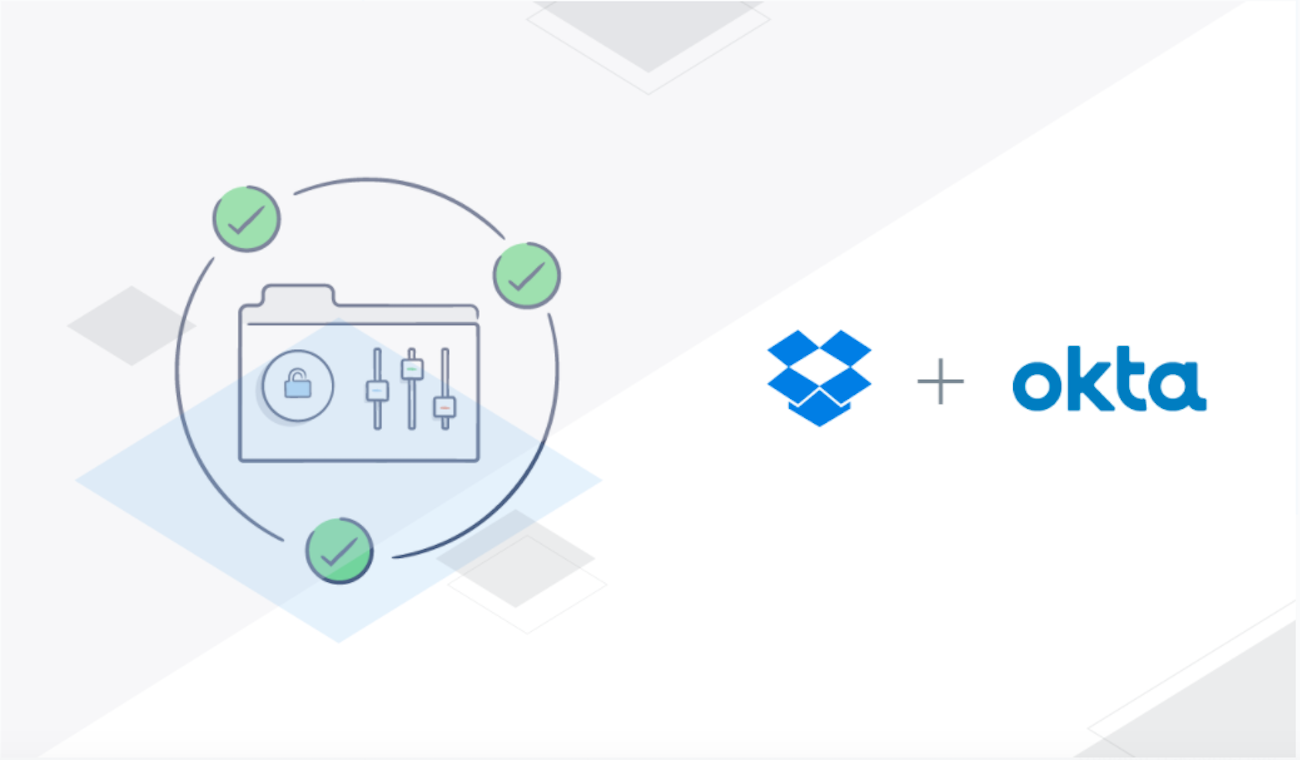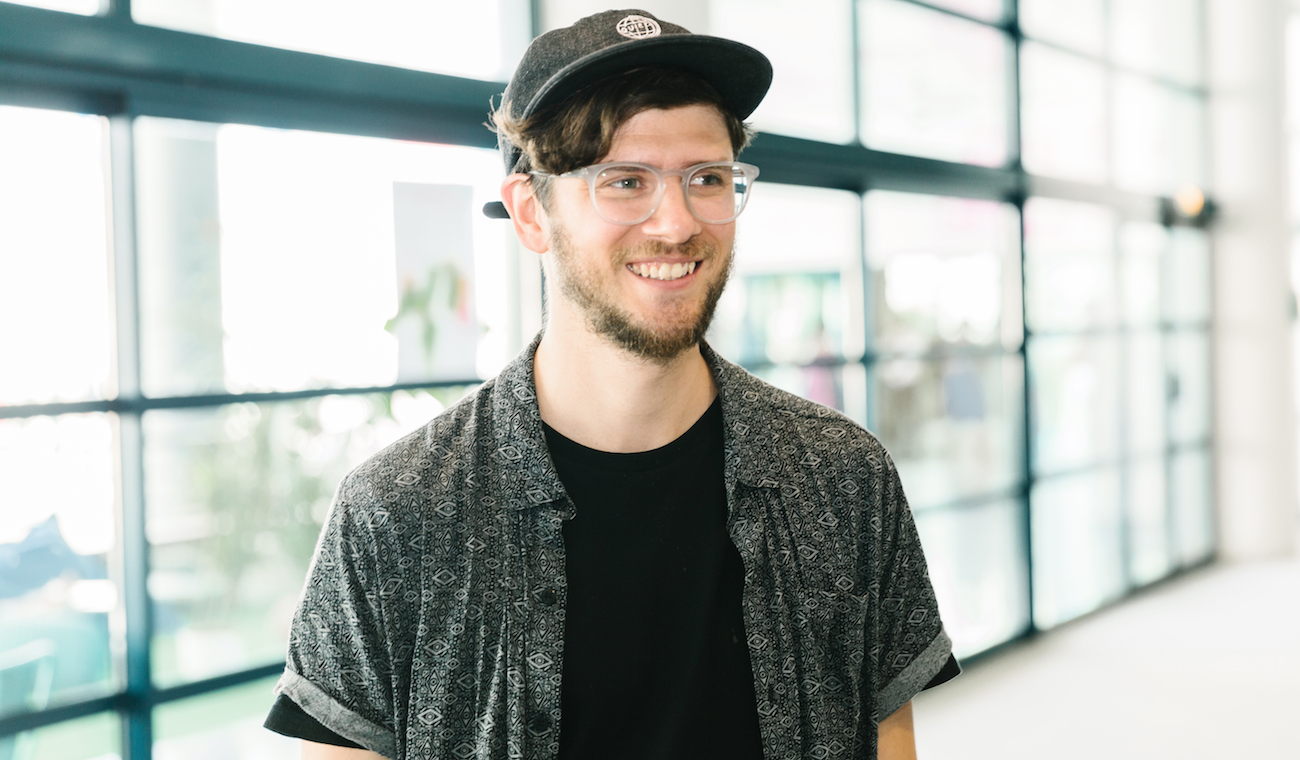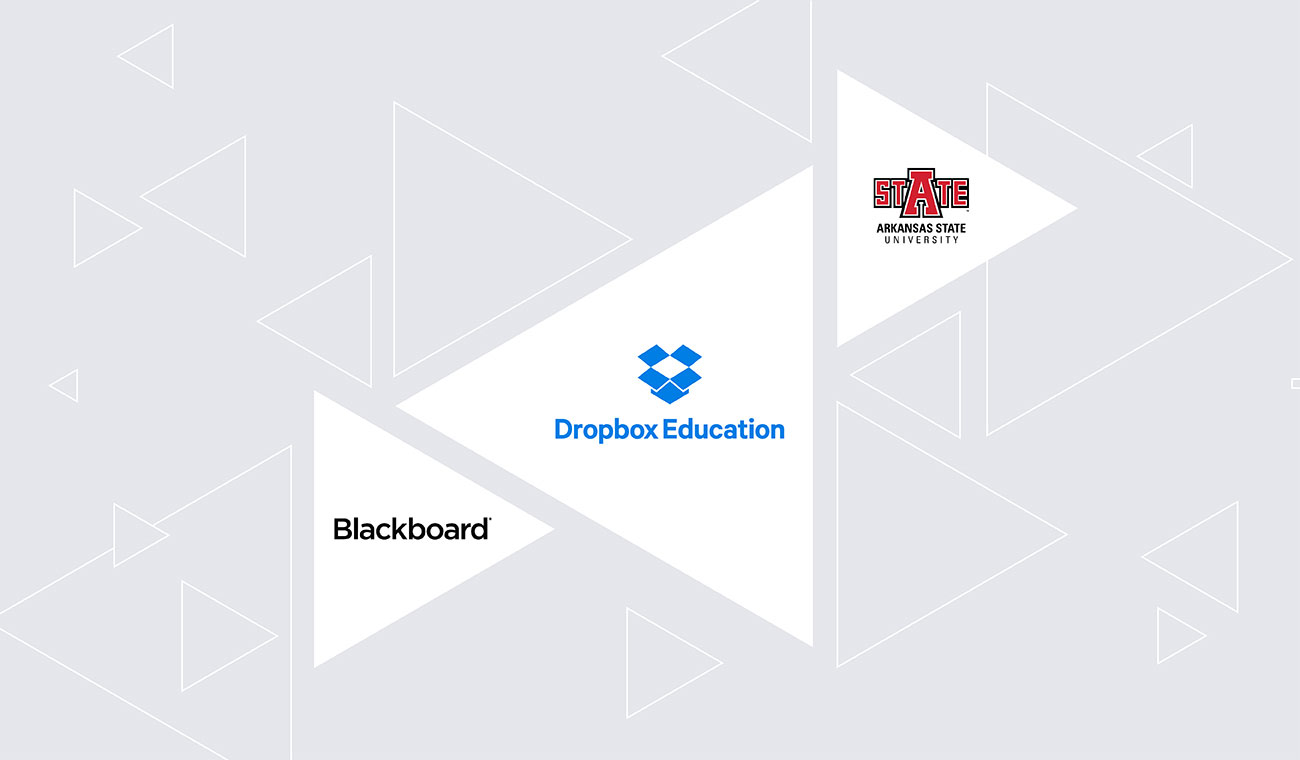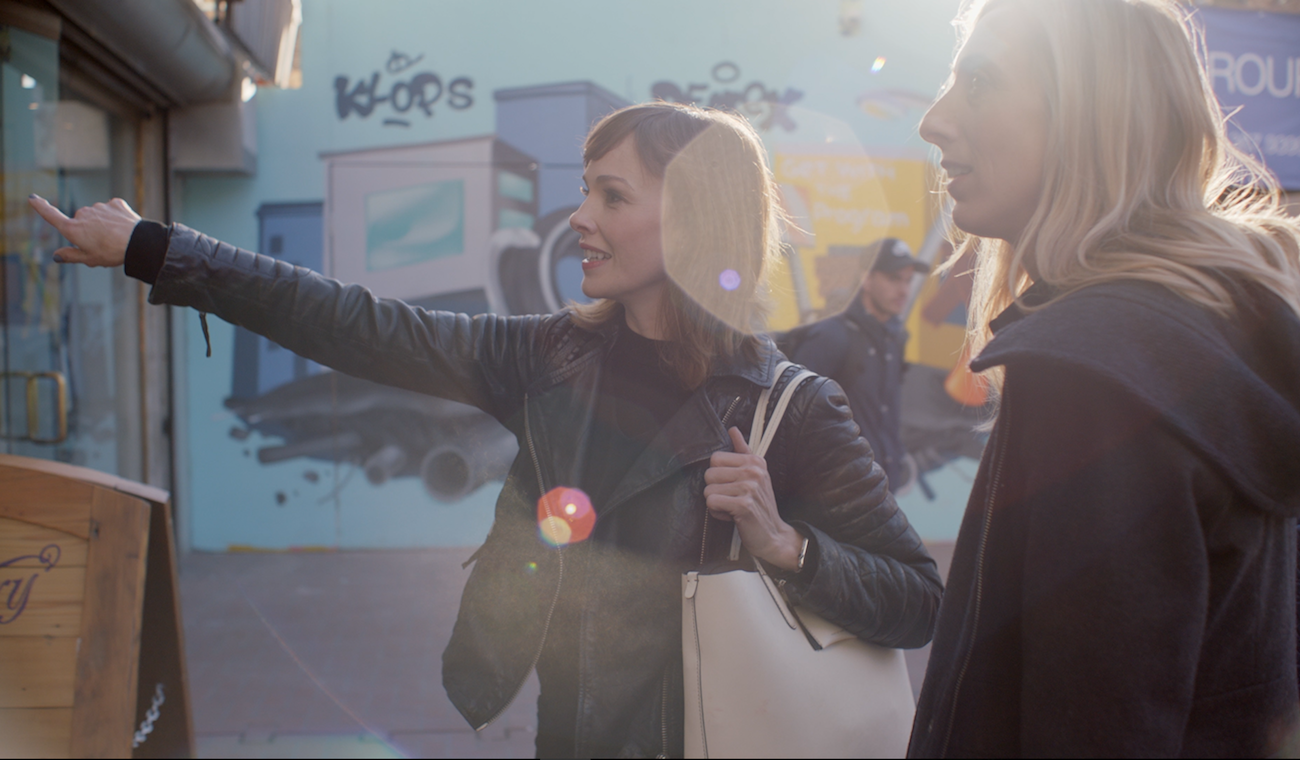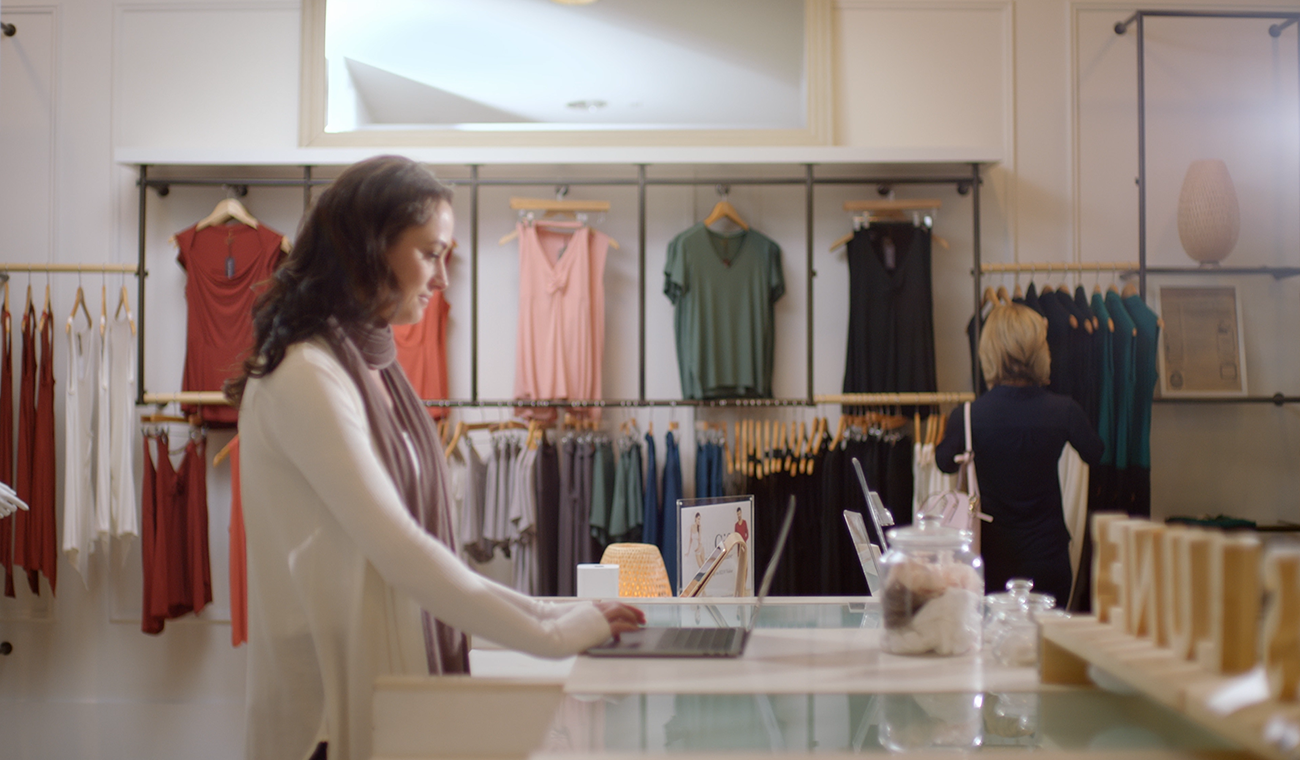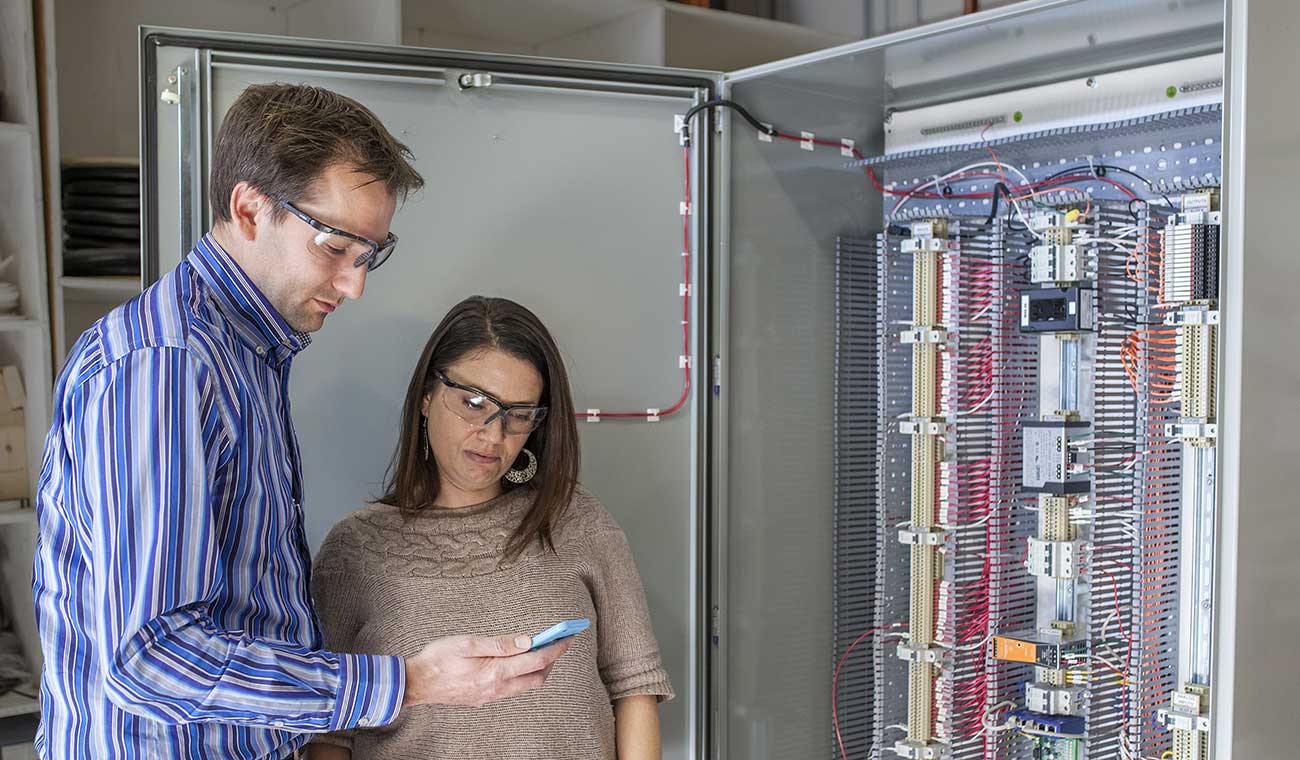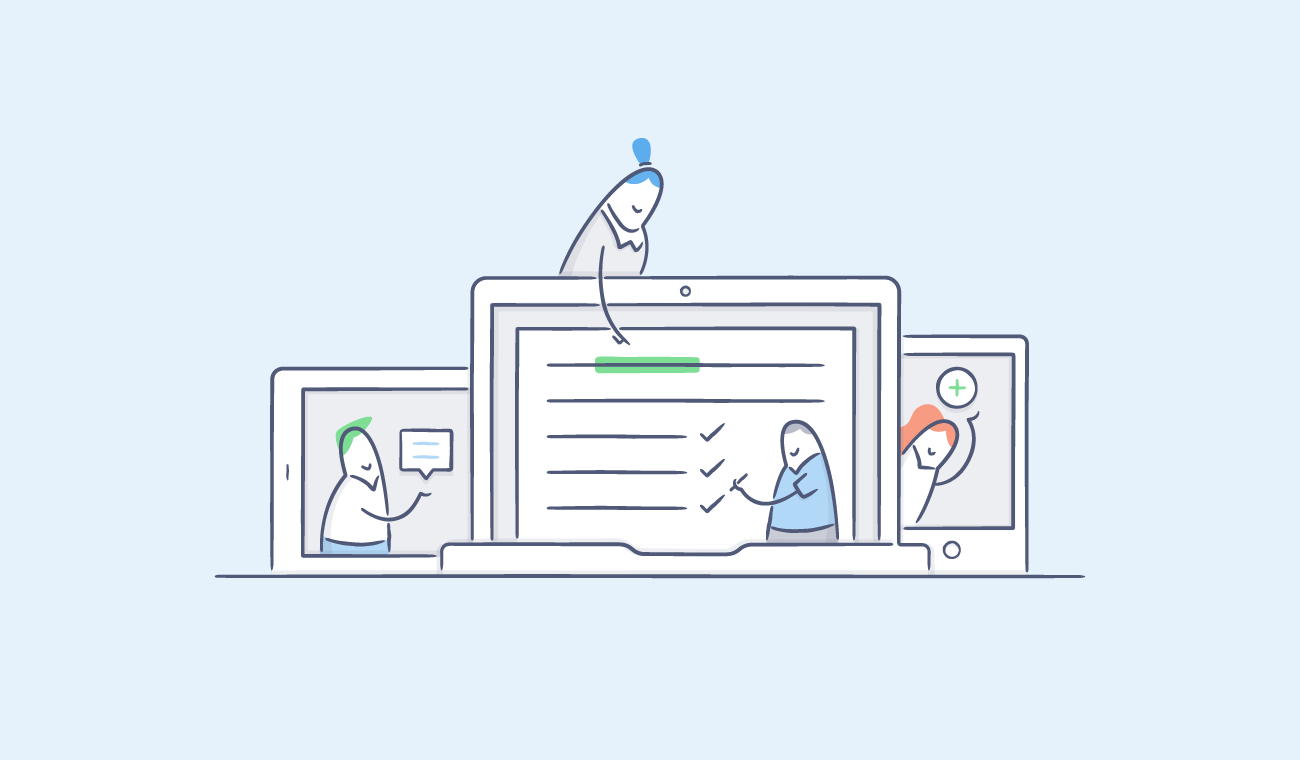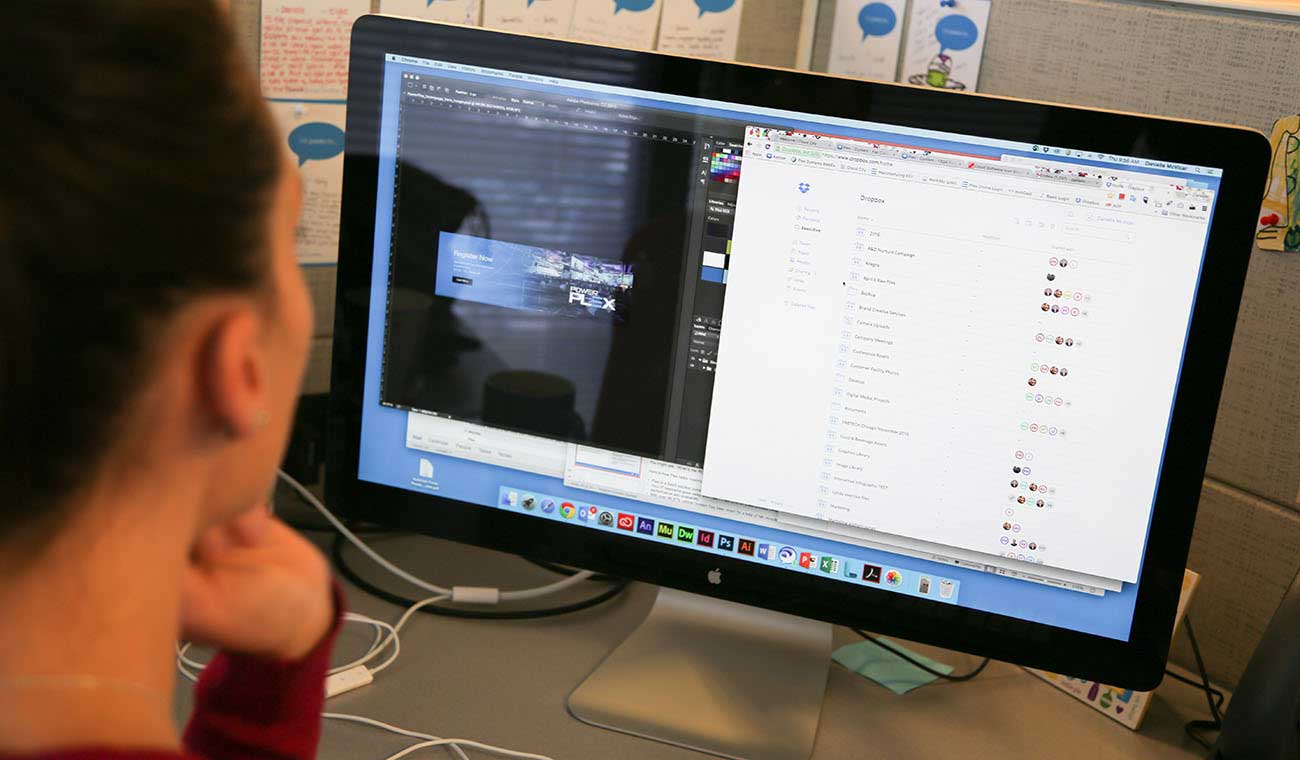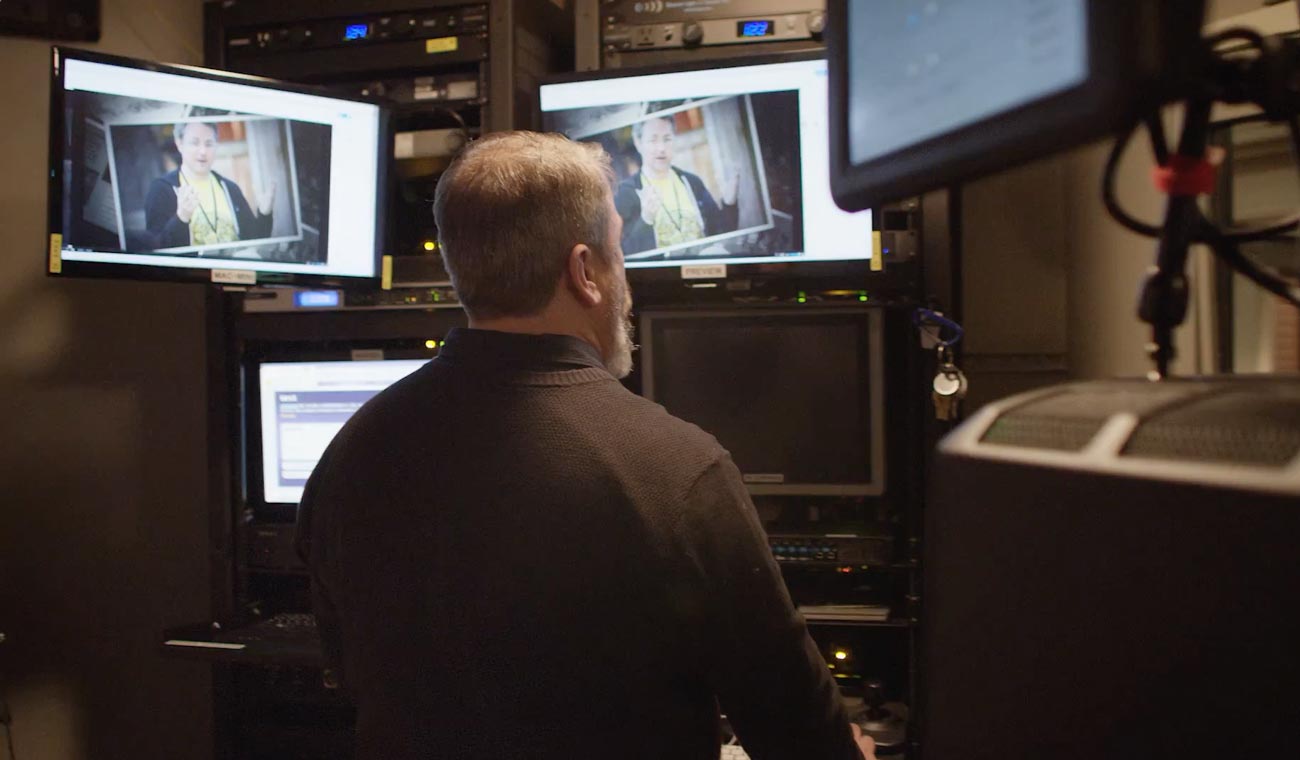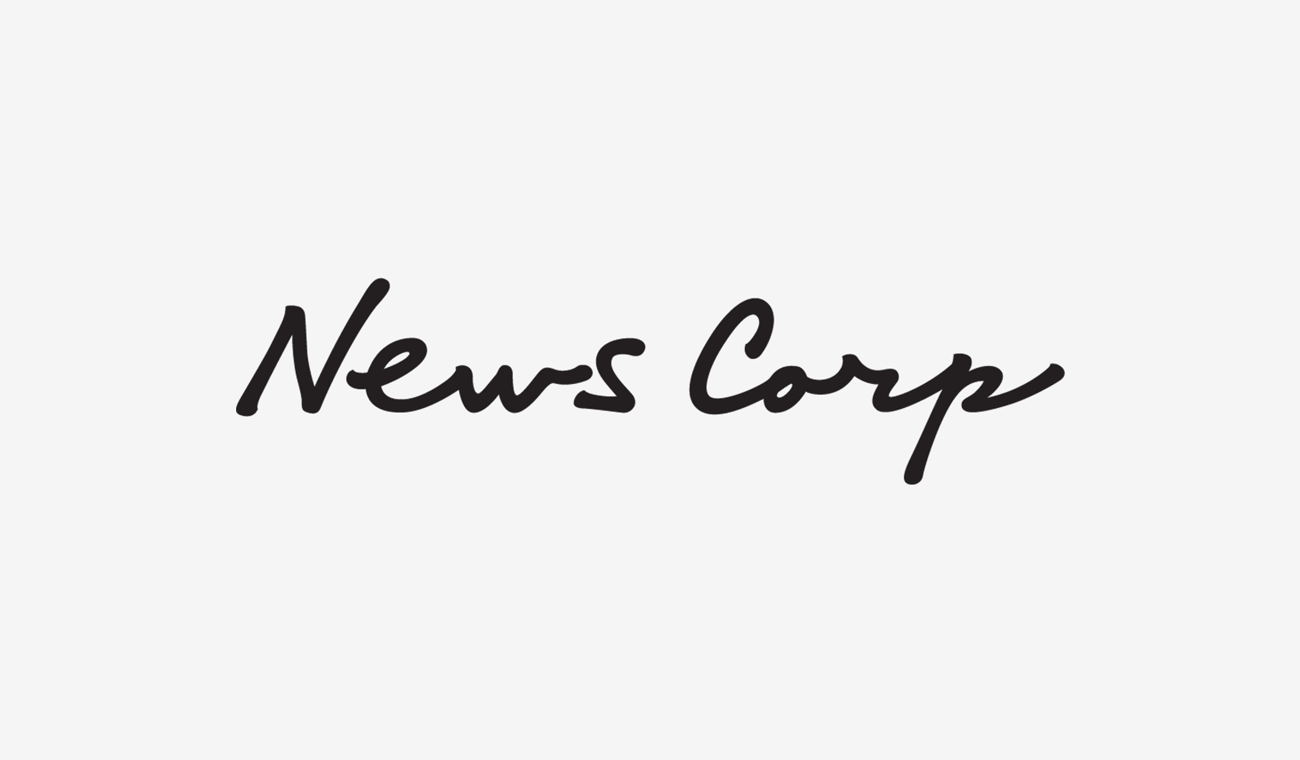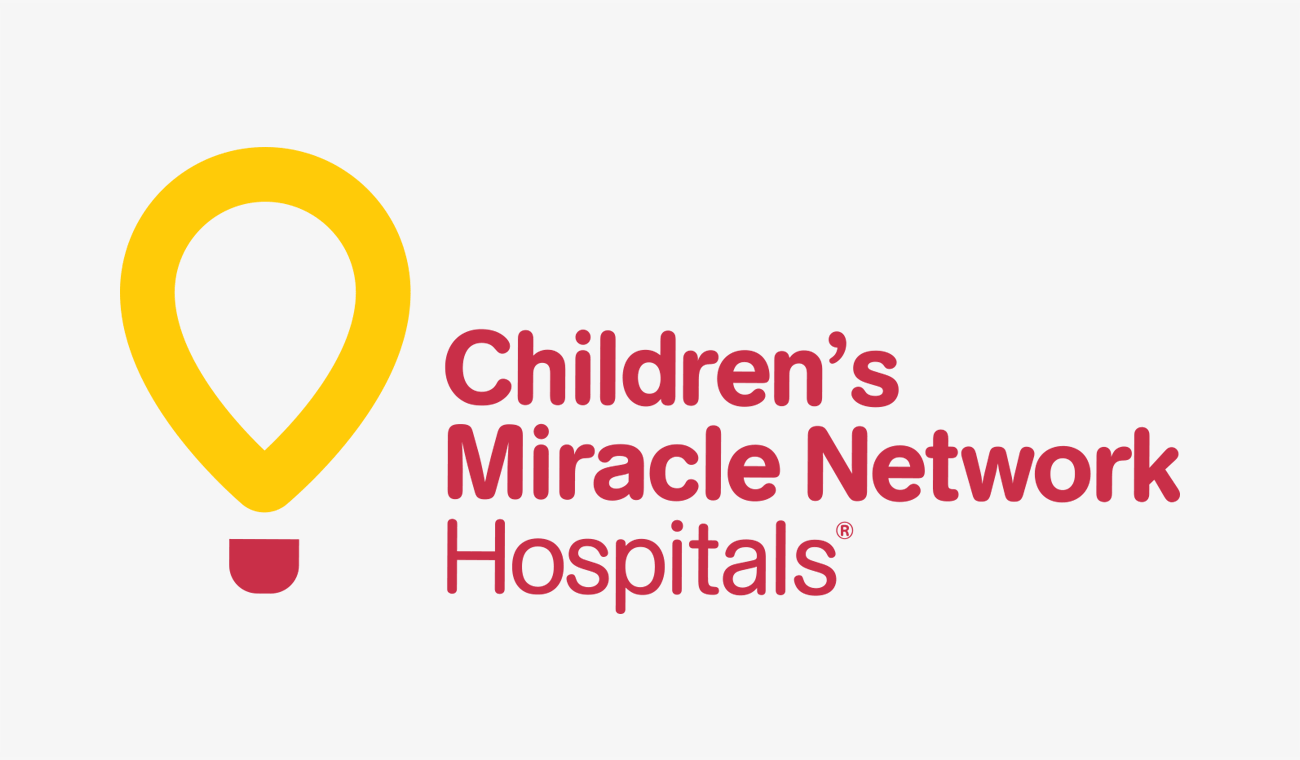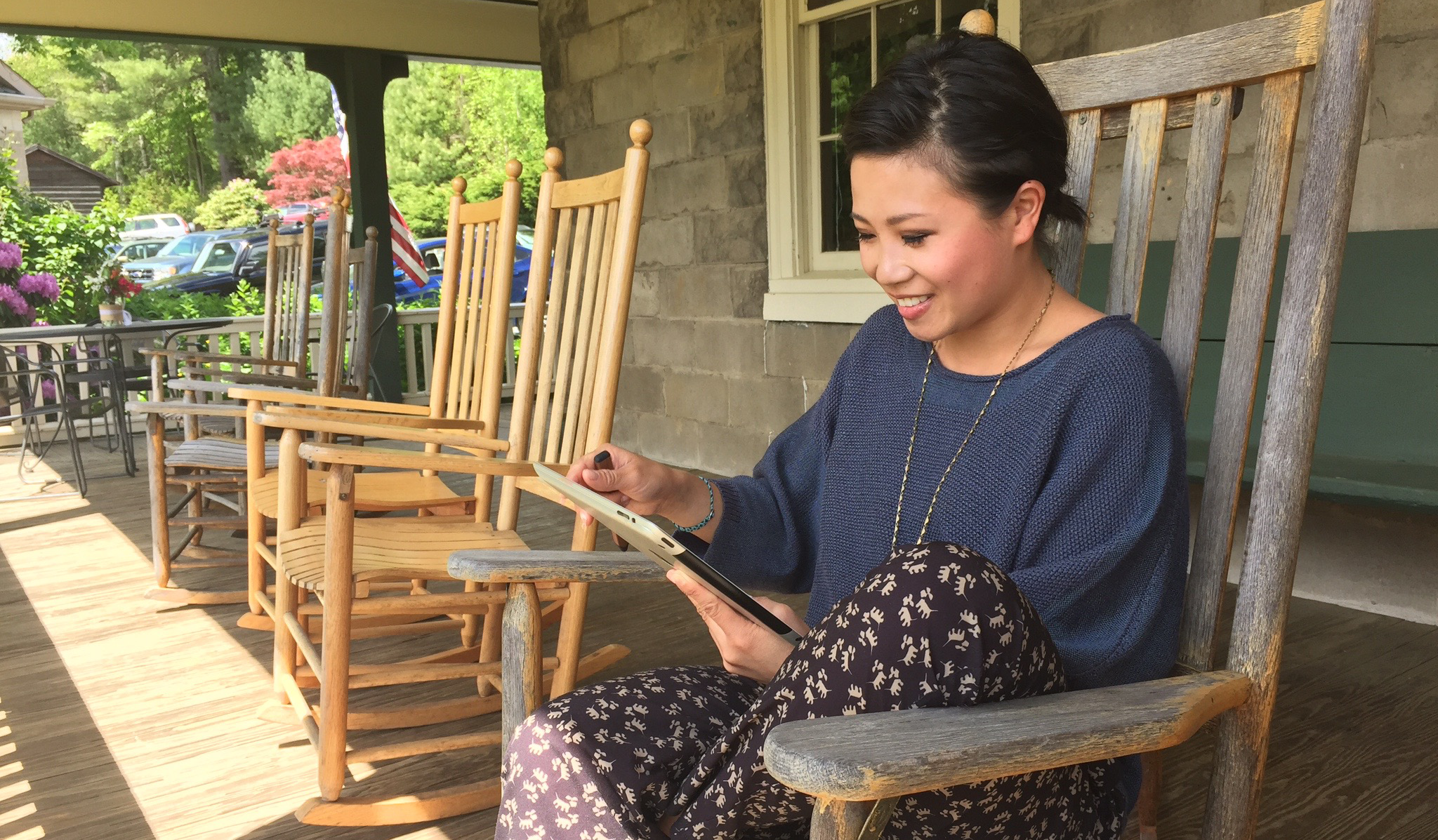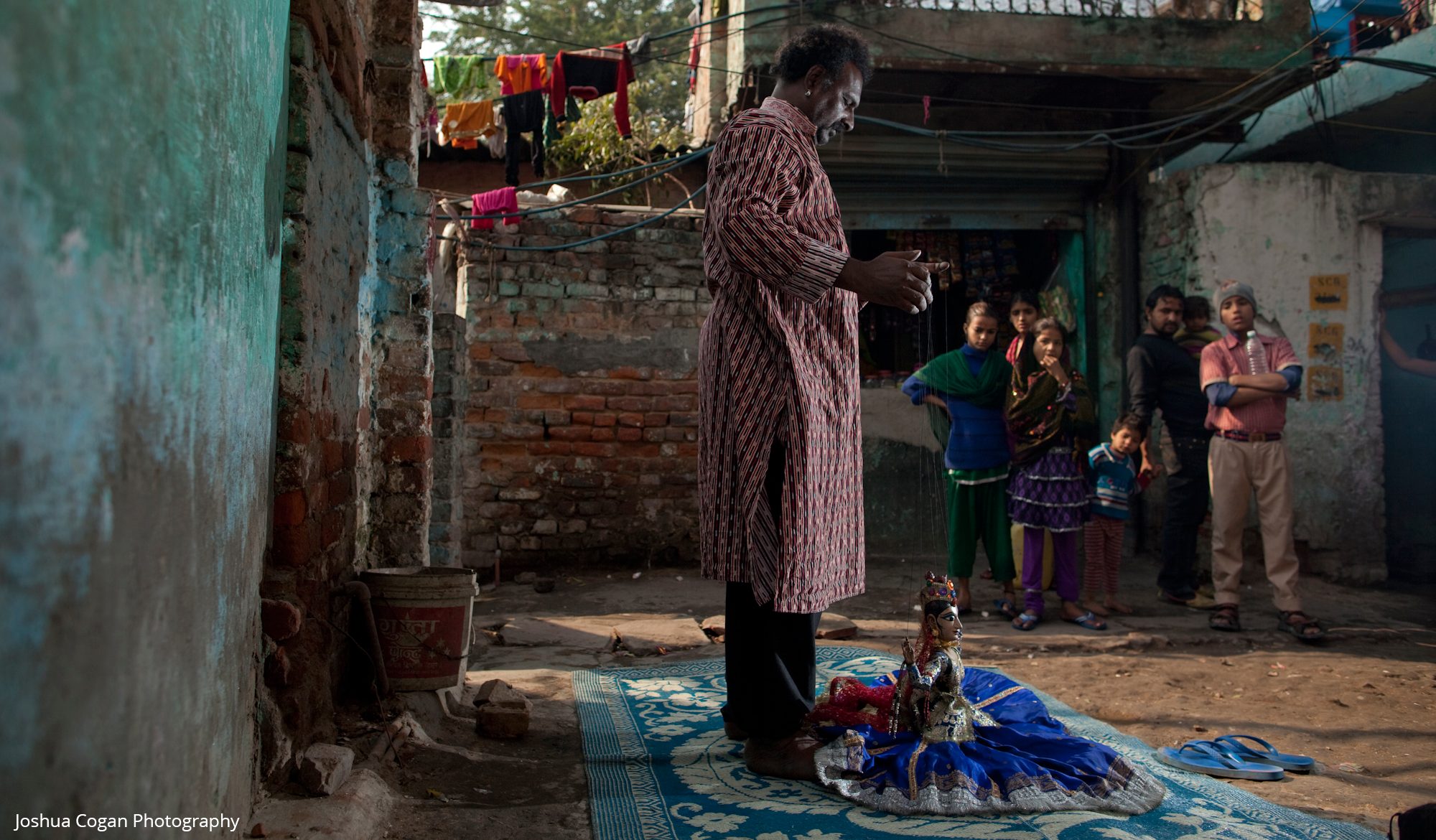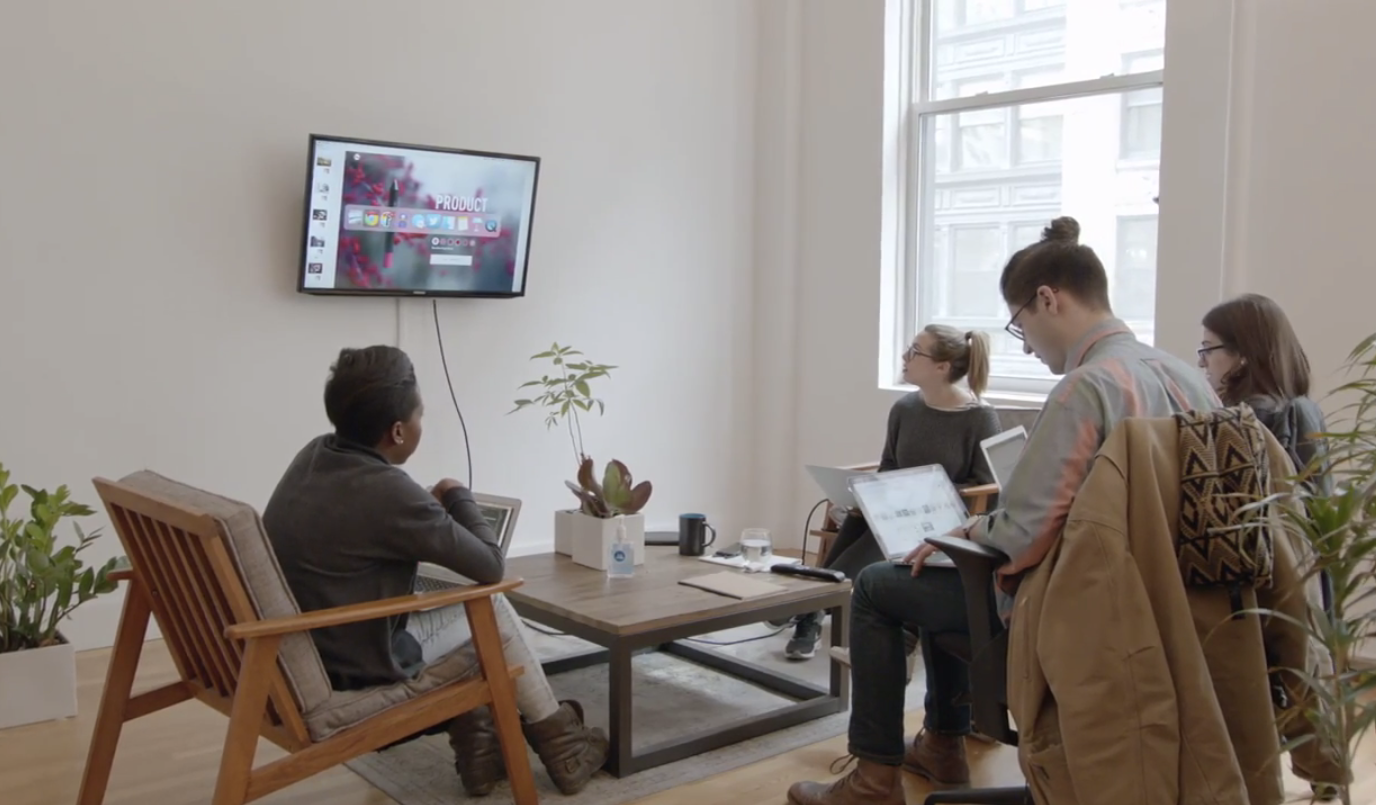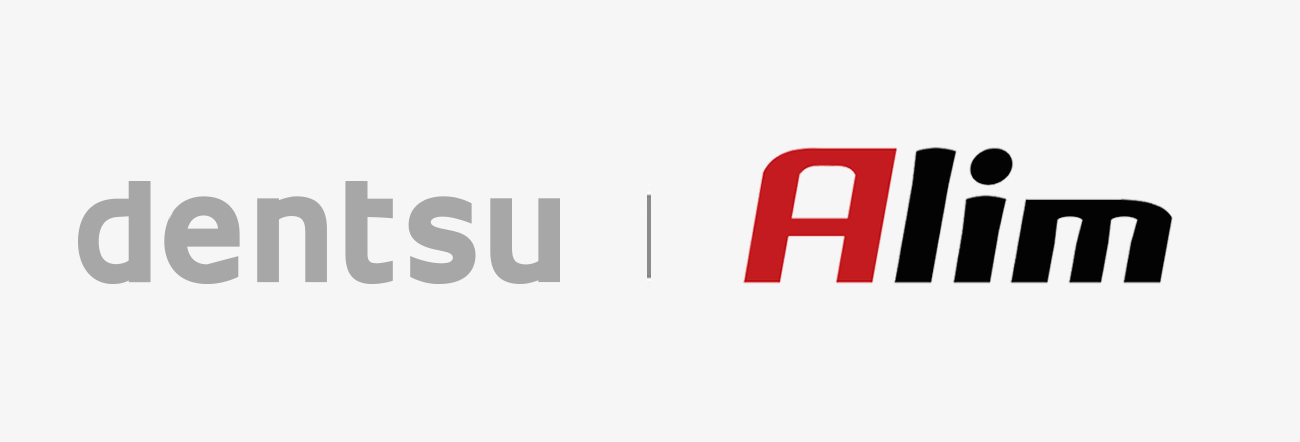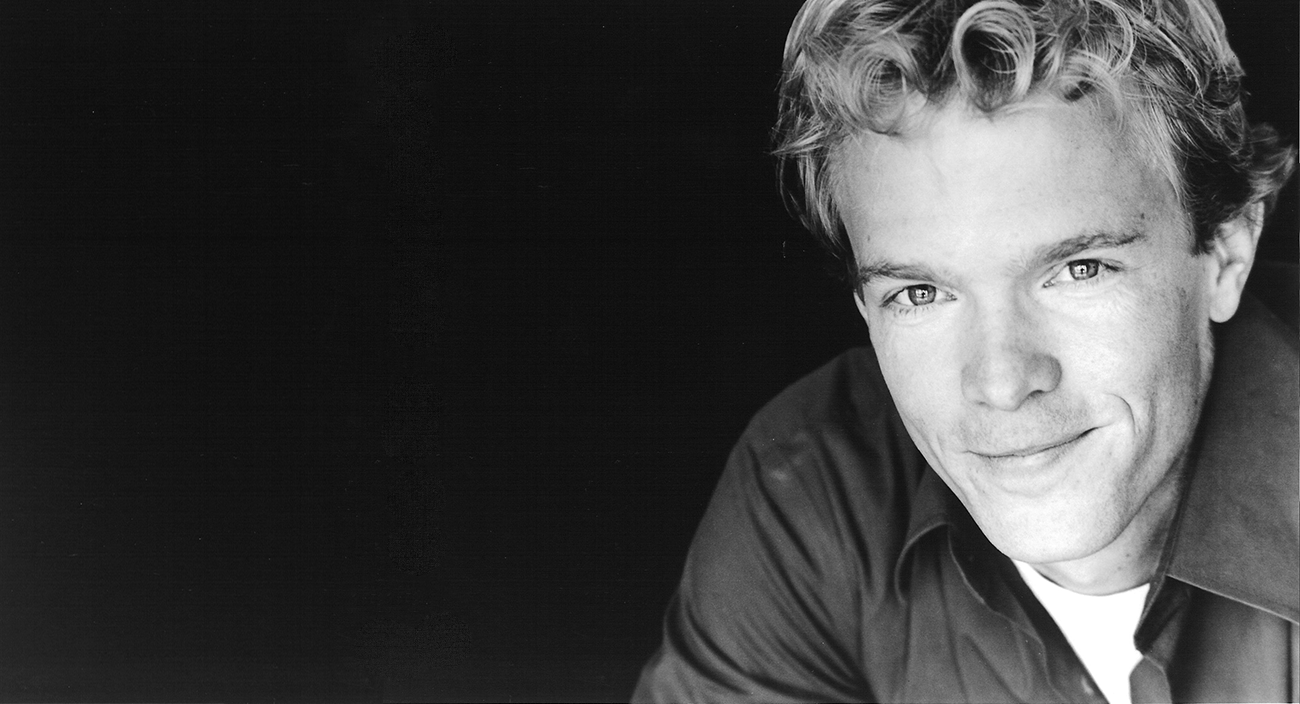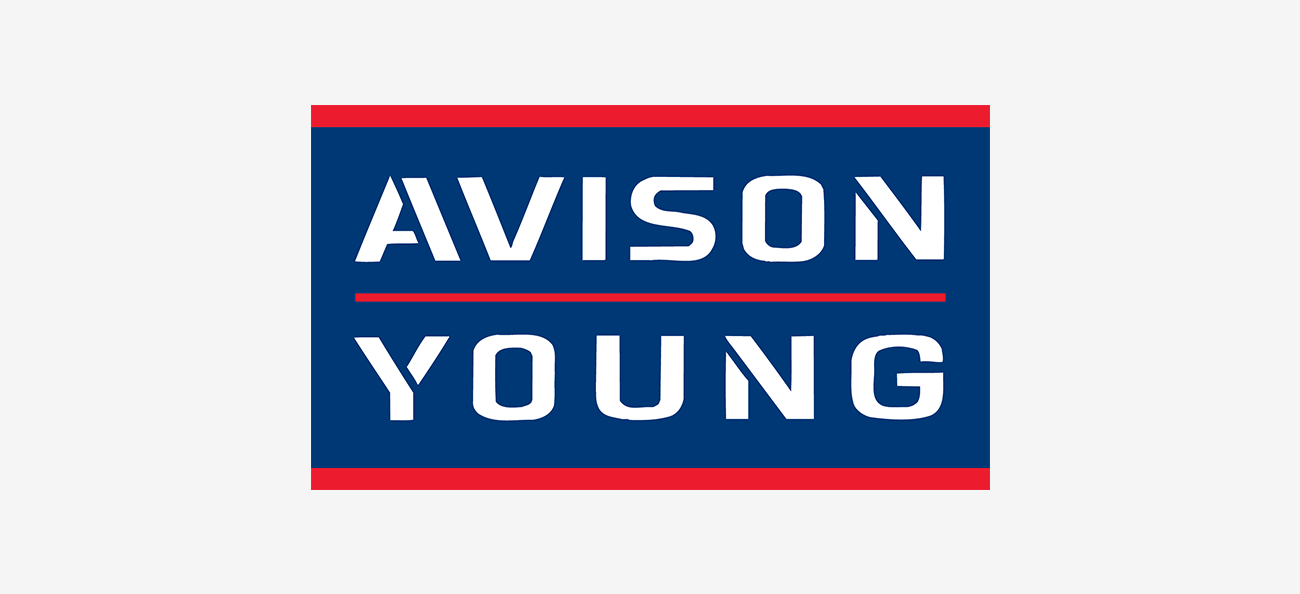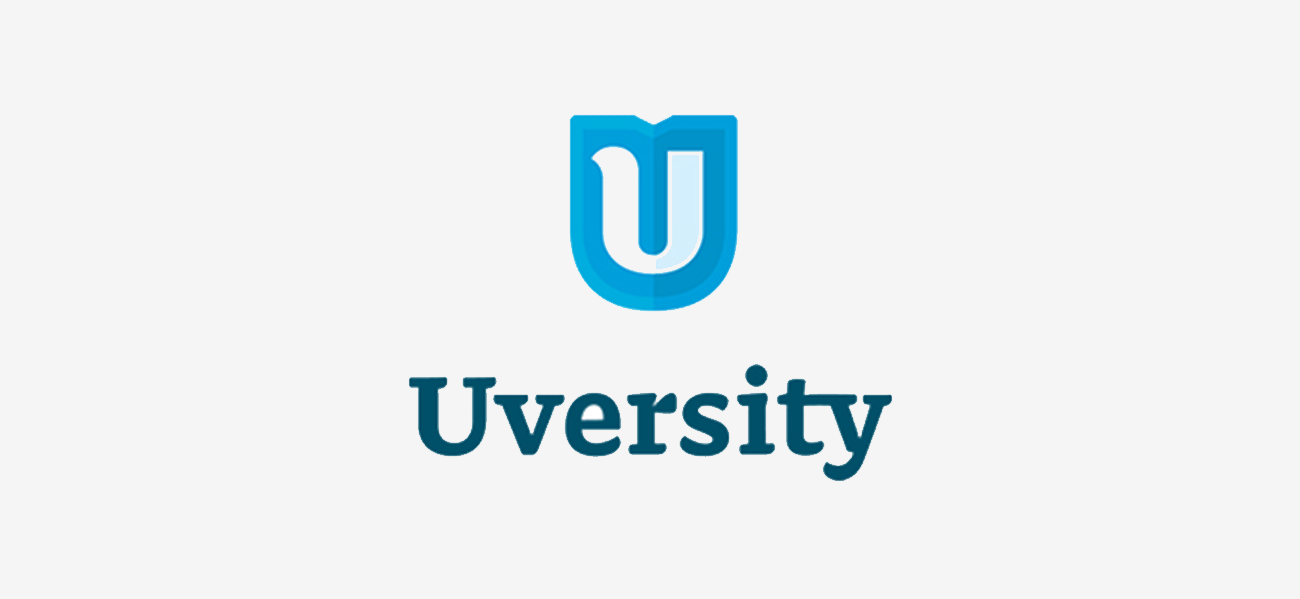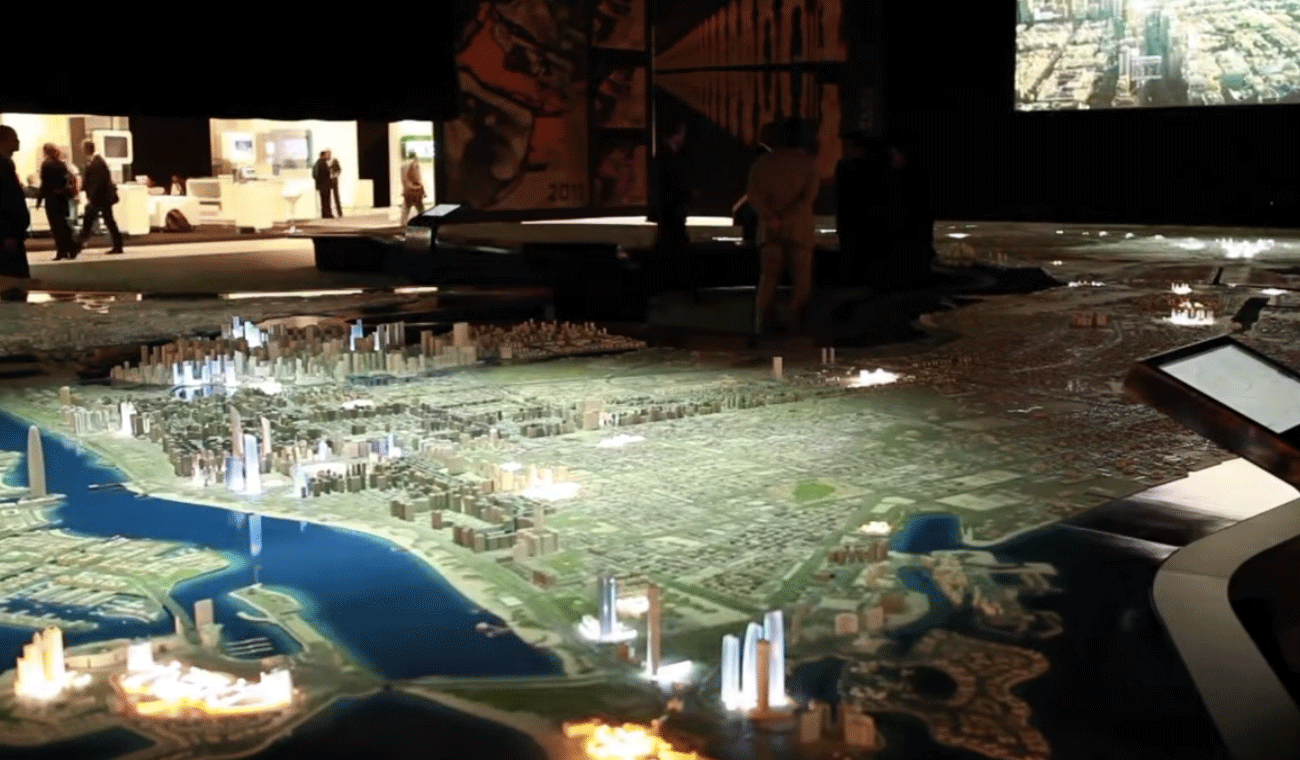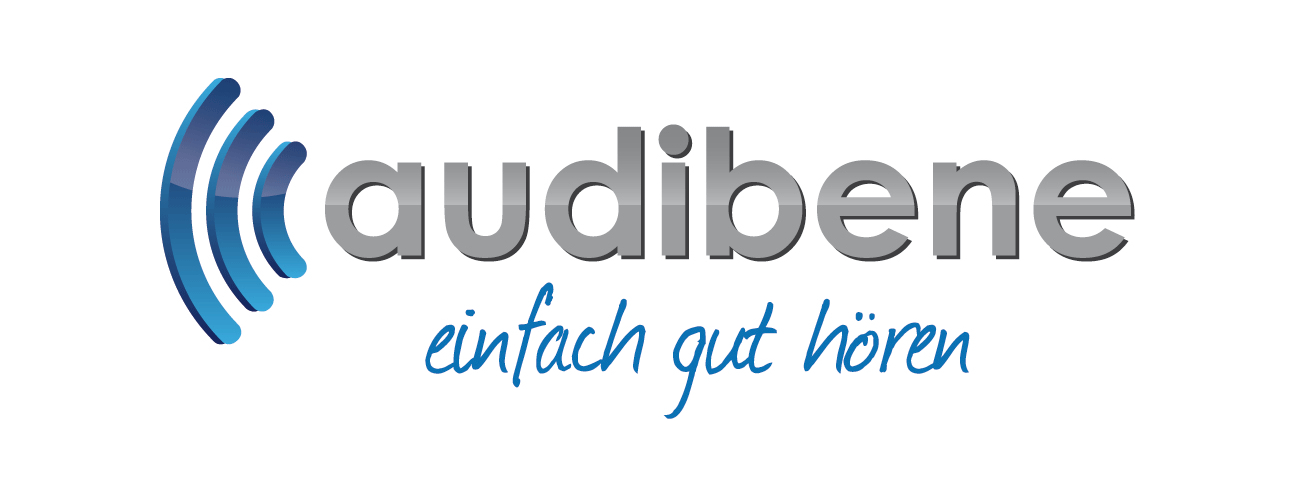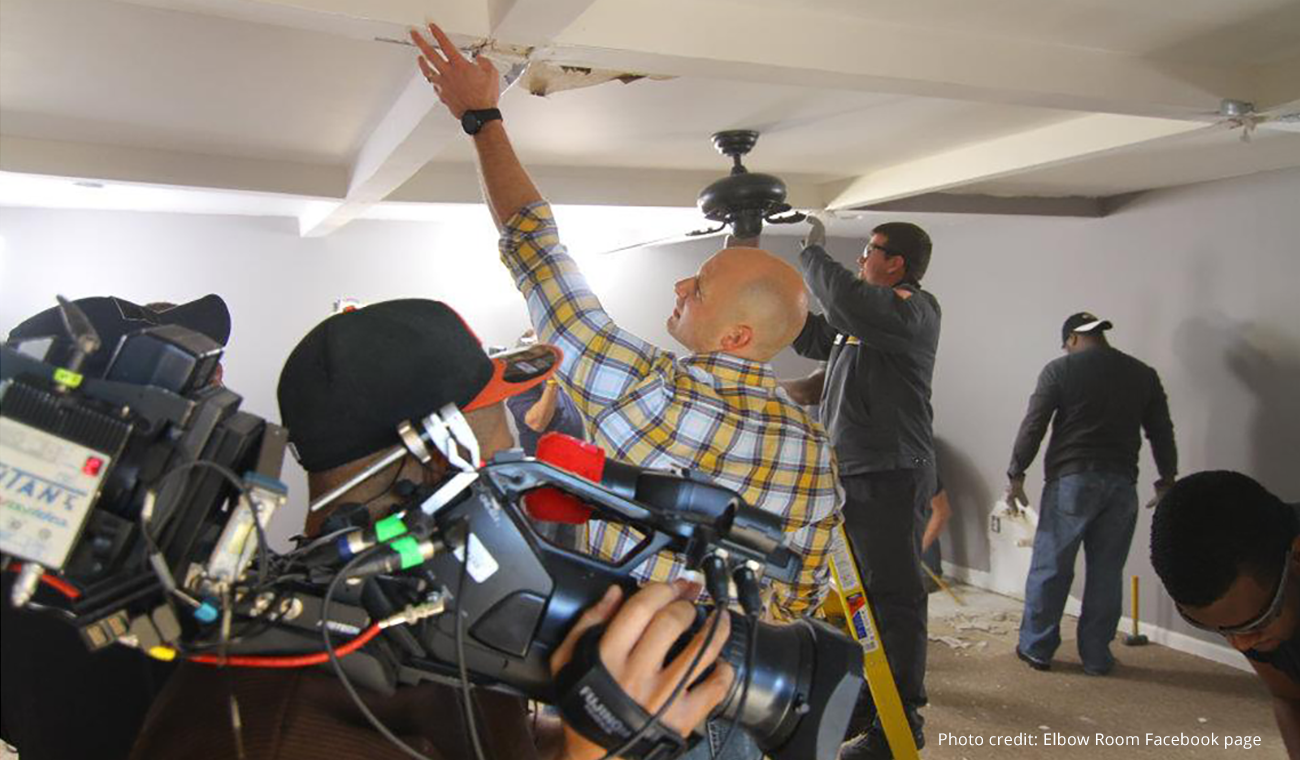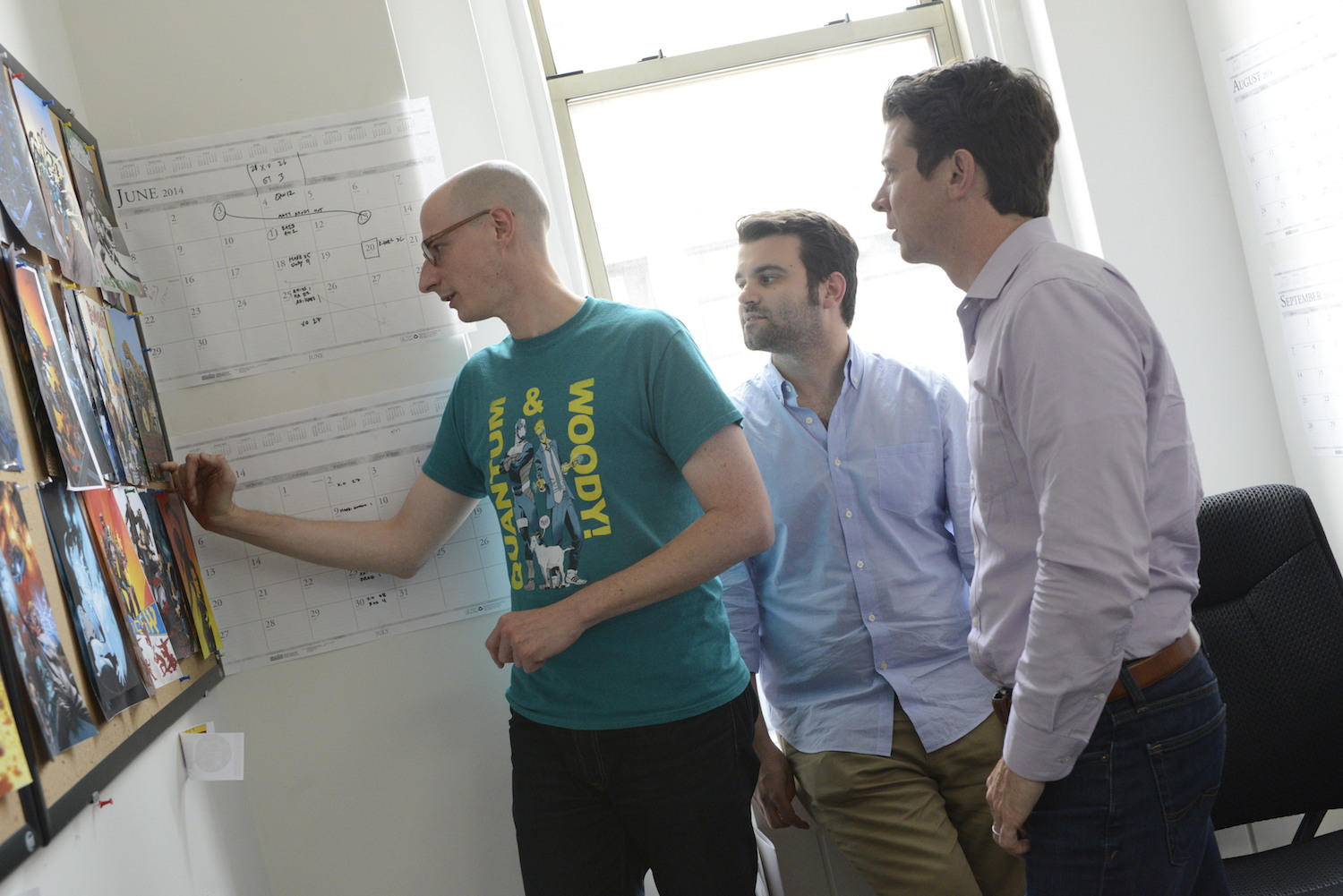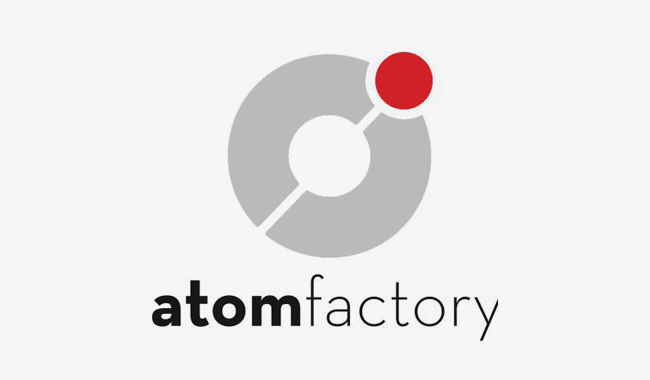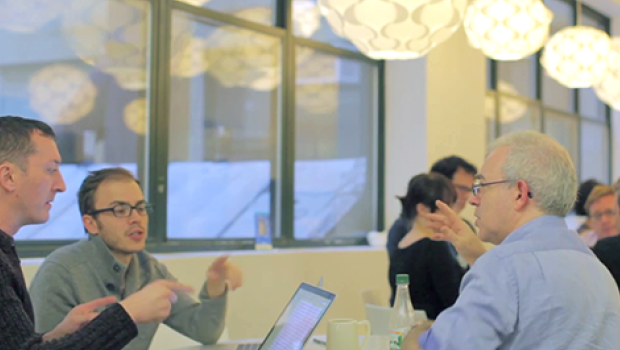
How recording label and artist management agency Future Classic has evolved how they work and collaborate on music with the help of Dropbox tools.
Dropbox helps teams spend less time on logistics and more time doing the things they love. Find out how Harry White, general manager at Future Classic, uses it to stay organized and work efficiently.
I joined Future Classic in 2014 as an Artist Manager, and currently serve as General Manager in our LA office.
Future Classic started off as a record label, doing rare imprints and disco records. We’ve since evolved into a talent management and artist services company with a passion for finding new talent and bringing it into the world. We are now a company with a staff of 15 between Sydney and Los Angeles.
People outside this industry might think of music as a solitary pursuit, but the reality is that making songs—and an artist’s career—requires a lot of people working together.

A messy creative process
With the team distributed between Australia and the U.S., Future Classic has always understood long-distance relationships. Even before we opened shop in LA, we needed to find ways to work together from different locations. The intrinsically collaborative nature of our artists’ writing process meant we needed a solution for file sharing.
Many of our artists make music in the electronic space, which is particularly well-suited to collaboration. A producer might make a beat in one part of the world, send it to a vocalist in another country, and then to a mix engineer somewhere else. Our generation of producers grew up producing beat files on Ableton and Pro Tools software, and for our earliest artists, like Flume or Ta-ku, bouncing a song around the globe is second nature.
The creative process can quickly get messy. But don’t settle for collaboration solutions that get in your way.
The creative process varies widely. The way an artist works is quite different from the way a mix engineer works, from how a music video director works, and from how our ingestion and production team works.
We used an online server and backed up onto hard drives, but everyone in our office had their own system of organizing and sharing files on various platforms. It was all over the place, time consuming, and far from secure.
Dropbox was a natural solution for us because it becomes a logical workflow for how our artists already work. We’ve always followed what our artists do, and at the time it seemed everyone already had their own personal Dropbox—I’d also used Dropbox in the past for personal use—so we gravitated toward that.
When it came to our files, we used a few other platforms for bits and pieces: Google Drive for budgets and spreadsheets, and sometimes WeTransfer to send files. But it seemed important that we go with a platform with accessible uniformity, that could be deployed and used top to bottom, from our founders to the brand-new intern. As our company grew, we needed a system that could also grow alongside us.

Future Classic on working with Dropbox:
"We’re paranoid about songs leaking. With Dropbox, we don’t have to worry about master tracks floating around before they’re finished, because we can be granular about the different tiers of access for various members of staff and the creative team. These protocols safeguard the security of our intellectual property without introducing administrative red tape." —Harry White, general manager at Future Classic
From basic file sharing to global growth
Even back when Sydney was our only office, we began using Dropbox to share files with anyone, anywhere—securely. I could be on a tour bus in the middle of nowhere and share files with someone on the other side of the world. Dropbox is both technically robust and design-wise, an uncomplicated, clearly laid out system. When working with artists, we want to simplify things as much as possible and Dropbox’s intuitive interface makes it easy for artists to integrate into their workflow. I think that’s a big reason why Dropbox’s relationship with creatives is so strong.
When sharing files, security doesn’t have to come at the expense of usability.
Dropbox also gives us peace of mind about the security of our files. Let’s be real: We’re paranoid about songs leaking. With Dropbox, we don’t have to worry about master tracks floating around before they’re finished, because we can be granular about the different tiers of access for various members of staff and the creative team. These protocols safeguard the security of our intellectual property without introducing administrative red tape. Security is important, but we also don’t want to require anyone to jump through too many hoops.

A smarter, more intuitive way to share
Dropbox has evolved right alongside Future Classic. It started off as a way for us to share files with artists from our centralized office in Sydney. As we grew and began using more outside contractors who needed varying levels of access to our files, this had implications for how we wanted to internally organize our assets.
Simultaneously, Dropbox was building out their software. Just at the time when we considered replacing our physical hard drives, Dropbox was ready at an enterprise level. If the solution could handle the scale of massive organizations, we figured it could easily meet our needs.
Our growth with Dropbox culminated in us building our office and studio in Los Angeles, because it solidified remote work for us as a company. We went from everyone at Future Classic working in the same room, to a 24-hour operation with staff spread around the globe. Dropbox helped us reach that global scale by providing a centralized system that allowed both offices to work together.
With engineers and artists coming into our LA studio day and night, we needed a system for session files to also be uploaded to our Australian office. We found that system with Dropbox.

The Los Angeles studio was a huge blessing because it was the first time we had creative and business teams under the same roof. It meant we could spend more time with artists and be closer to the music.
It also presented a new challenge: Having engineers and artists coming into the studio day and night meant we needed a system for session files that would also be uploaded from the Australian end. We found that system with Dropbox, which allowed both teams to have access to the most up-to-date session files from wherever they are.
The next iteration in our journey with Dropbox was our use of their co-editing tool, Dropbox Paper.
Pitches should be immersive, not static
Like any other recording label, we often get demos submitted to Future Classic that are just cold links to SoundCloud. But we want to learn more about the artist: their story, their background, their inspiration.
Future Classic is a music-centric company, and we’re also visually oriented. We are acutely aware of how visual design plays into selling a musician’s vision and creativity to an external partner, whether it’s a publicist, agent, or festival booker. These people receive hundreds of pitches a day, so we need to think about the most efficient way to catch their attention—something more than just a music link and some catchy blurbs.
Dropbox Paper allows our team, without the help of a graphic designer, to put together an engaging, content-rich one-pager, complete with press photos and even SoundCloud and Vimeo embeds.

"By creating Dropbox Paper templates for artists to submit applications for our residency program, they could have a framework for displaying their audio and visual facets without us getting too prescriptive. It was like stepping into an immersive world."—Harry White
There are more expensive, time-consuming ways of doing this—spending three days briefing a graphic designer, or spending a bunch of money building a microsite. Dropbox Paper is a quick and easy alternative for putting together a captivating package. We’ve also found it’s great for pitching music video briefs to potential directors, where we can share notes and references. We find Dropbox Paper to be a much easier, cleaner way than other tools to display all these audio and visual facets.
An even more compelling upside to this is how Dropbox Paper also allows artists to pitch their work to us. When we built the Los Angeles studio, we partnered with Dropbox to set up a residency program for artists to use this space. We wanted artists to pitch us for the program, but we didn’t want just SoundCloud links again. Like the pitches we do on behalf of artists, we wanted to know their whole story.
How could we give artists a framework without being too prescriptive? We gave the artists Dropbox Paper templates and let them go wild. What they pitched to us was far more interesting than any typical application. It was like stepping into an immersive world.
A creative structure that still gives artists freedom
Artists don’t tend to like a lot of structure. As their managers, it’s, therefore, our role to give creatives an accessible framework that they can plug into and work through. Hundreds of releases are hard to coordinate because each one has hundreds of files associated with it. But now we have one place—Dropbox—where we can all go to collaborate, and there’s a clear structure of where to find everything. On a global scale, this structure is a game-changer.
One crazy example of how that structure works is from 2019 New Year’s Eve. I was in regional Australia when I got a text from Flume’s tour manager:
“Have you got that countdown video from four years ago?”

Flume was doing the New Year’s Eve countdown in Aspen, and they wanted to use the snow globe LED wall display from 2016. That kind of thing happens all the time when you’re working with touring artists. I quickly texted back its location in the Dropbox file structure. Regardless of any frenzied situation, there's a sense of confidence and calm in knowing where everything is stored, that it’s secure, and that you don’t have to worry about the size of these massive visual files.
Having two offices a world apart, as well as constant air travel being cost-prohibitive for most artists, made Future Classic an early adopter to the remote ways of working. The COVID-19 pandemic has forced many more companies to embrace the idea that we don’t have to be in the same space to work together.
With the lockdown pushing us to work remotely even more, it’s just another iteration of our evolution with Dropbox. Now, we’re better equipped to keep producing new music and supporting our artists as they evolve on their creative journeys.

.png/_jcr_content/renditions/hero_square%20(2).webp)







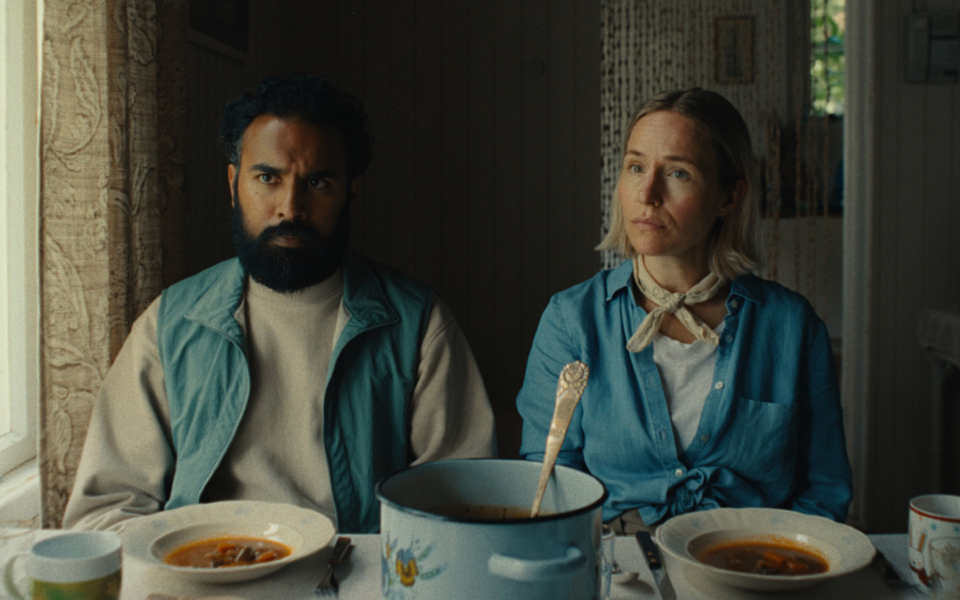
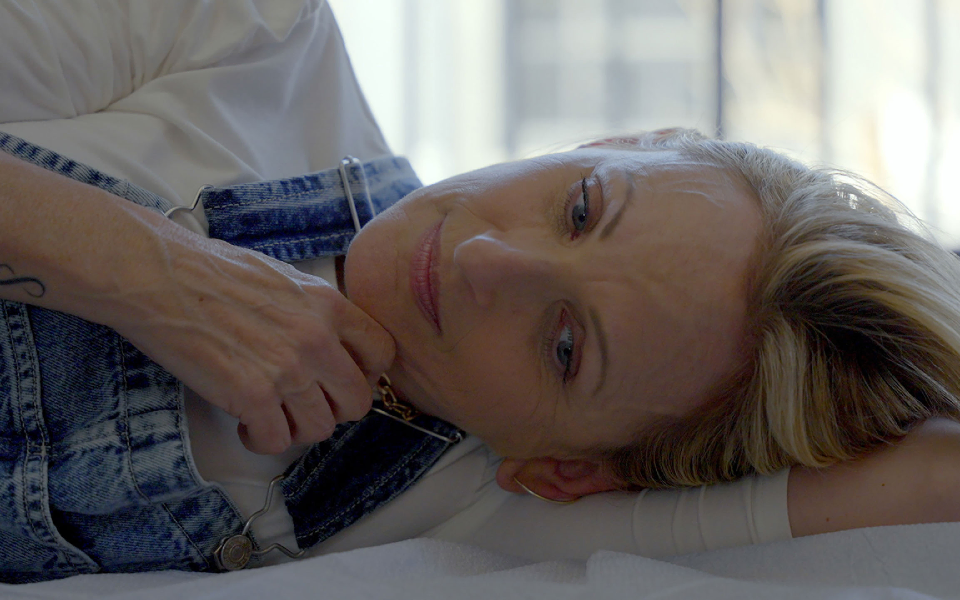





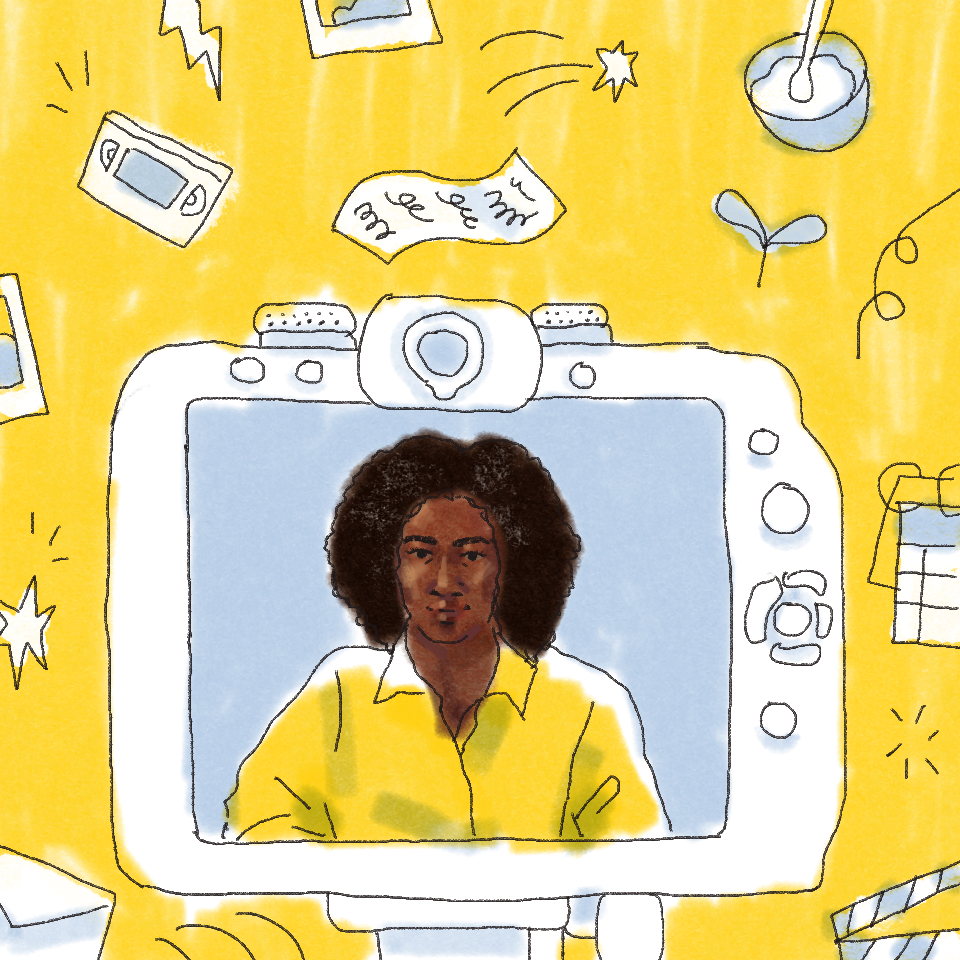
.jpg/_jcr_content/renditions/1200x628%20(5).webp)

